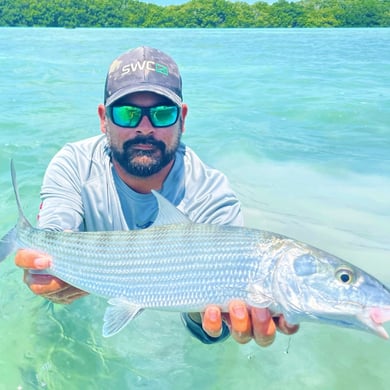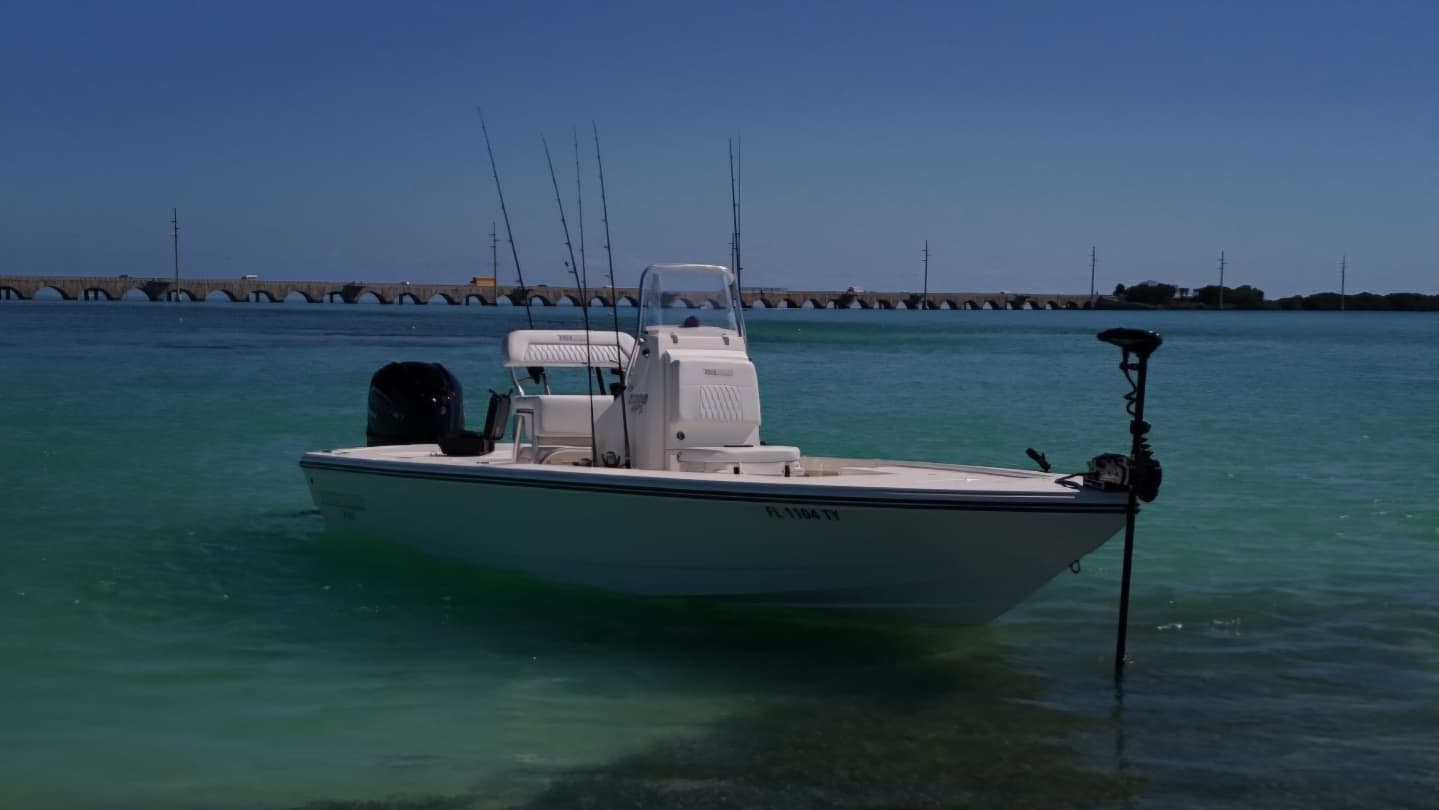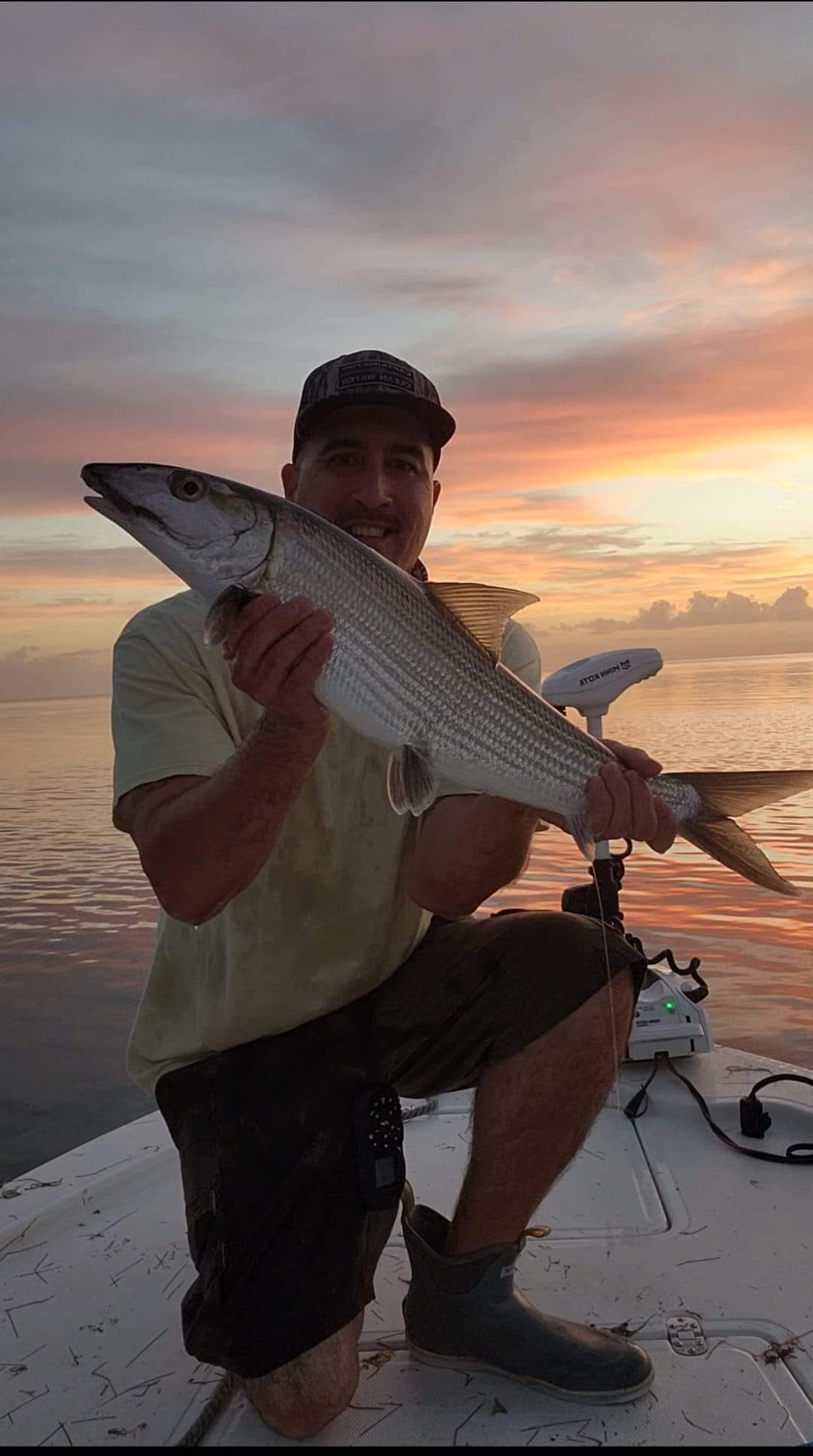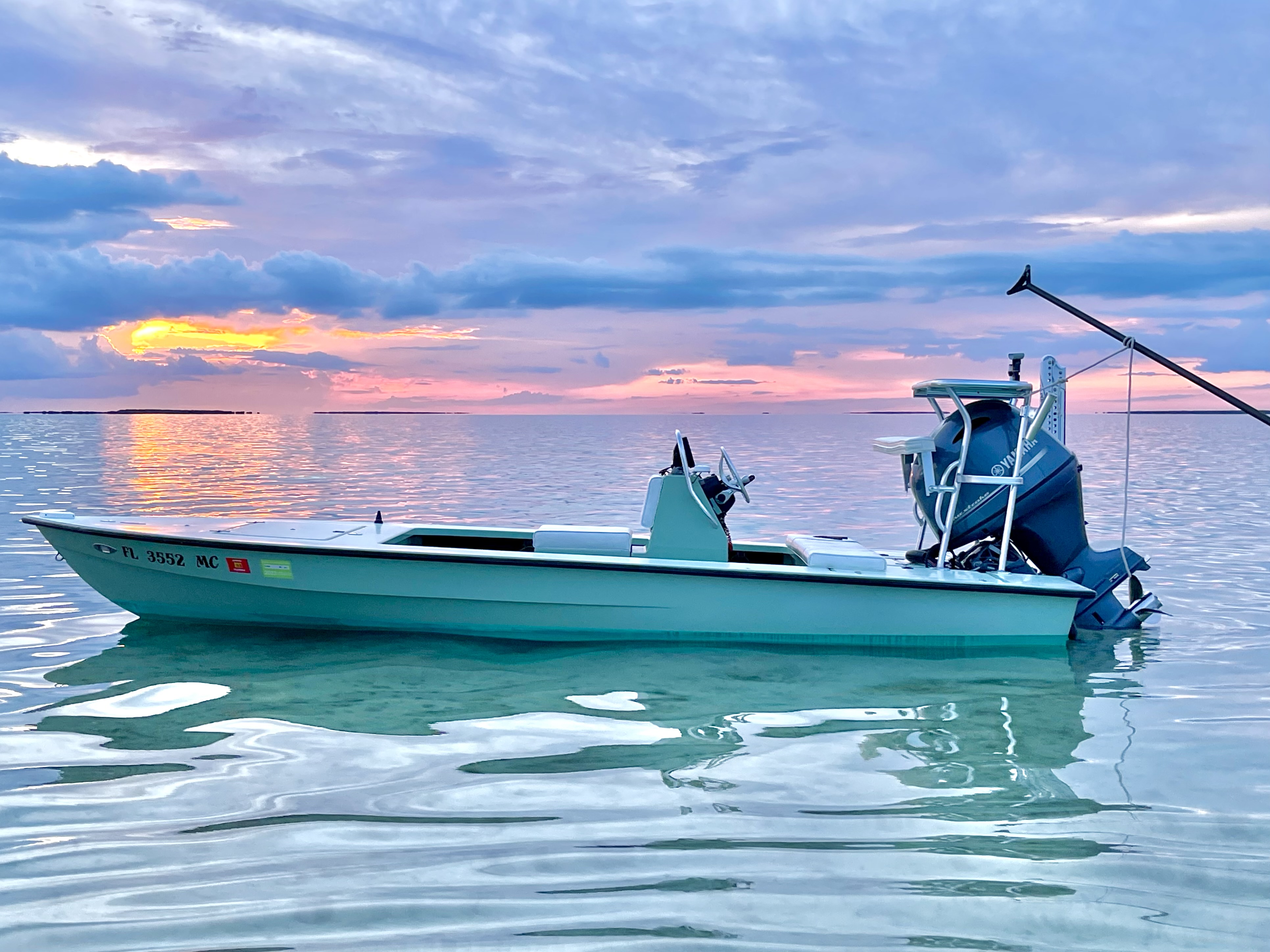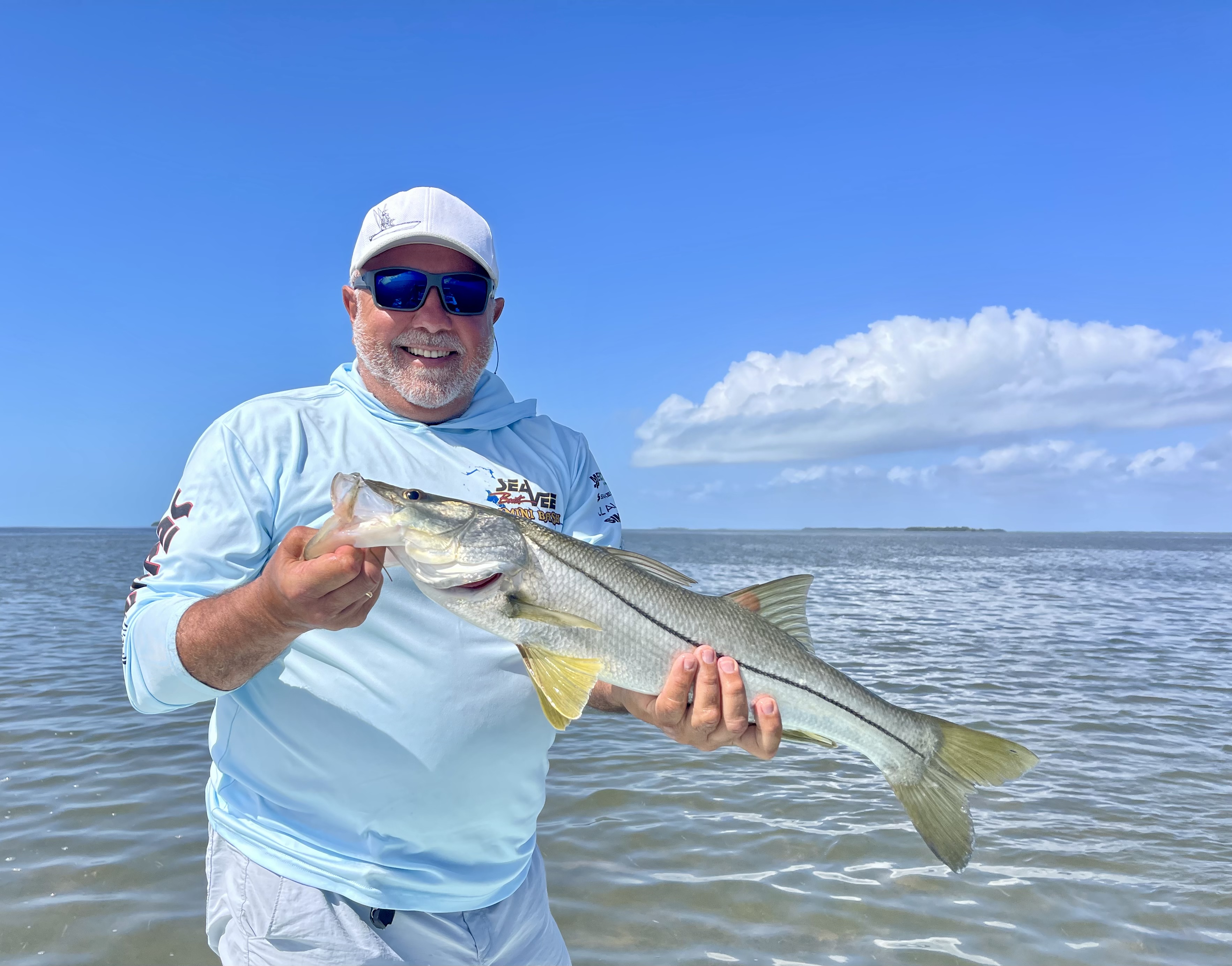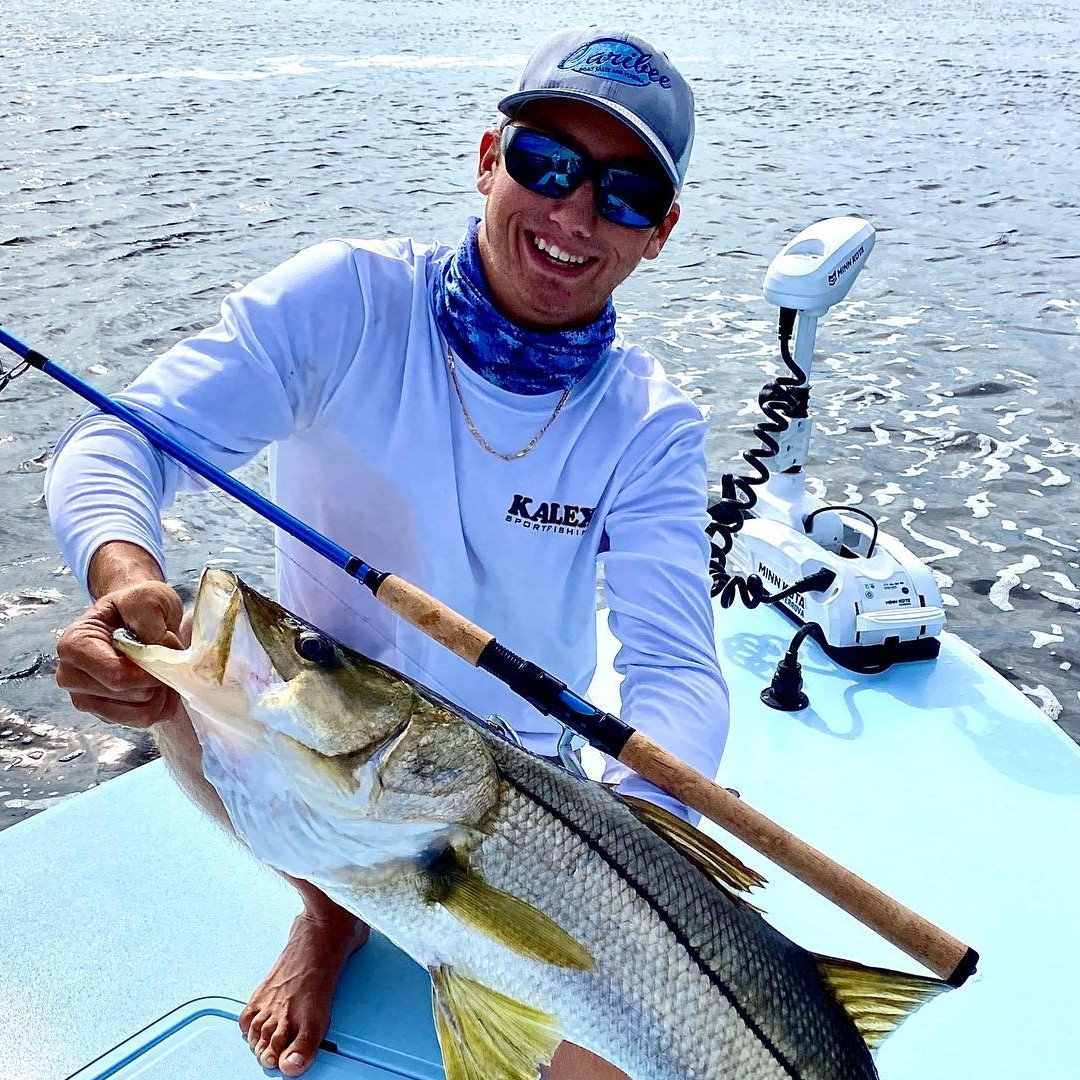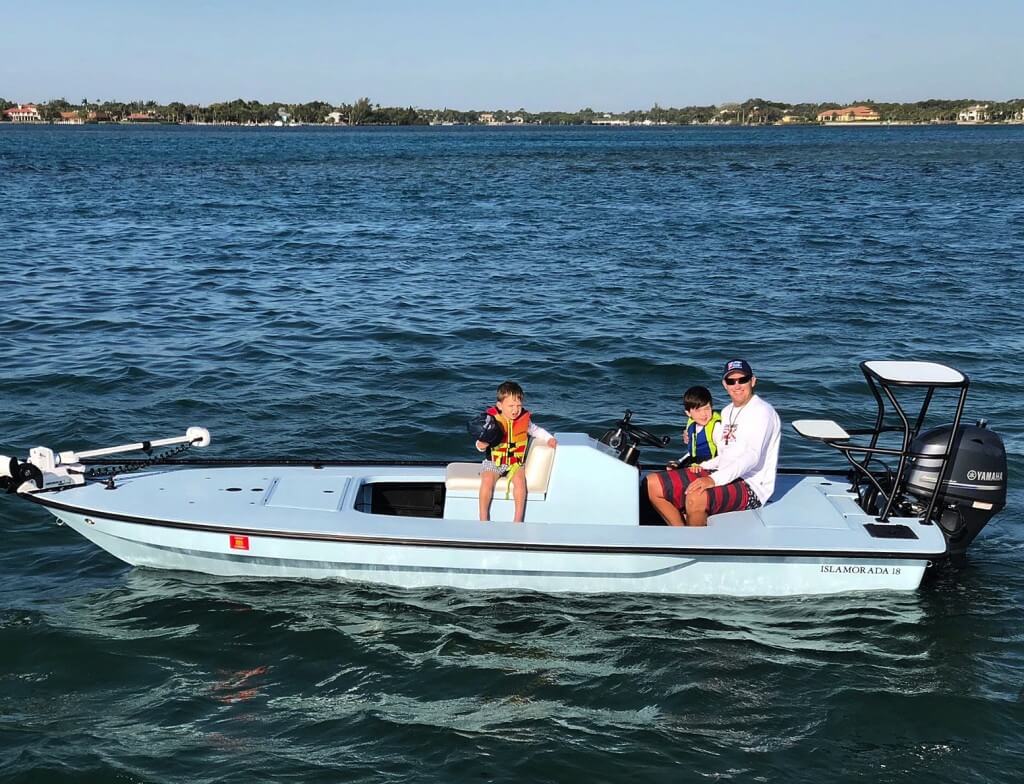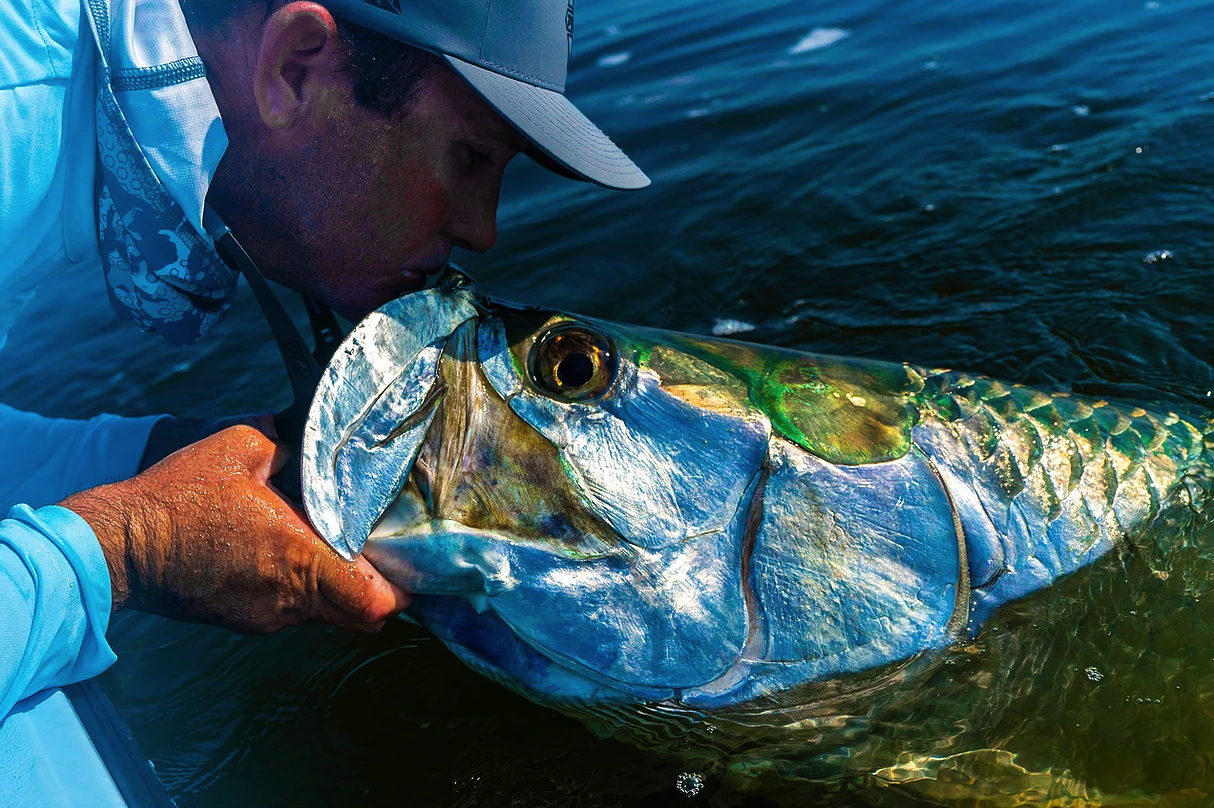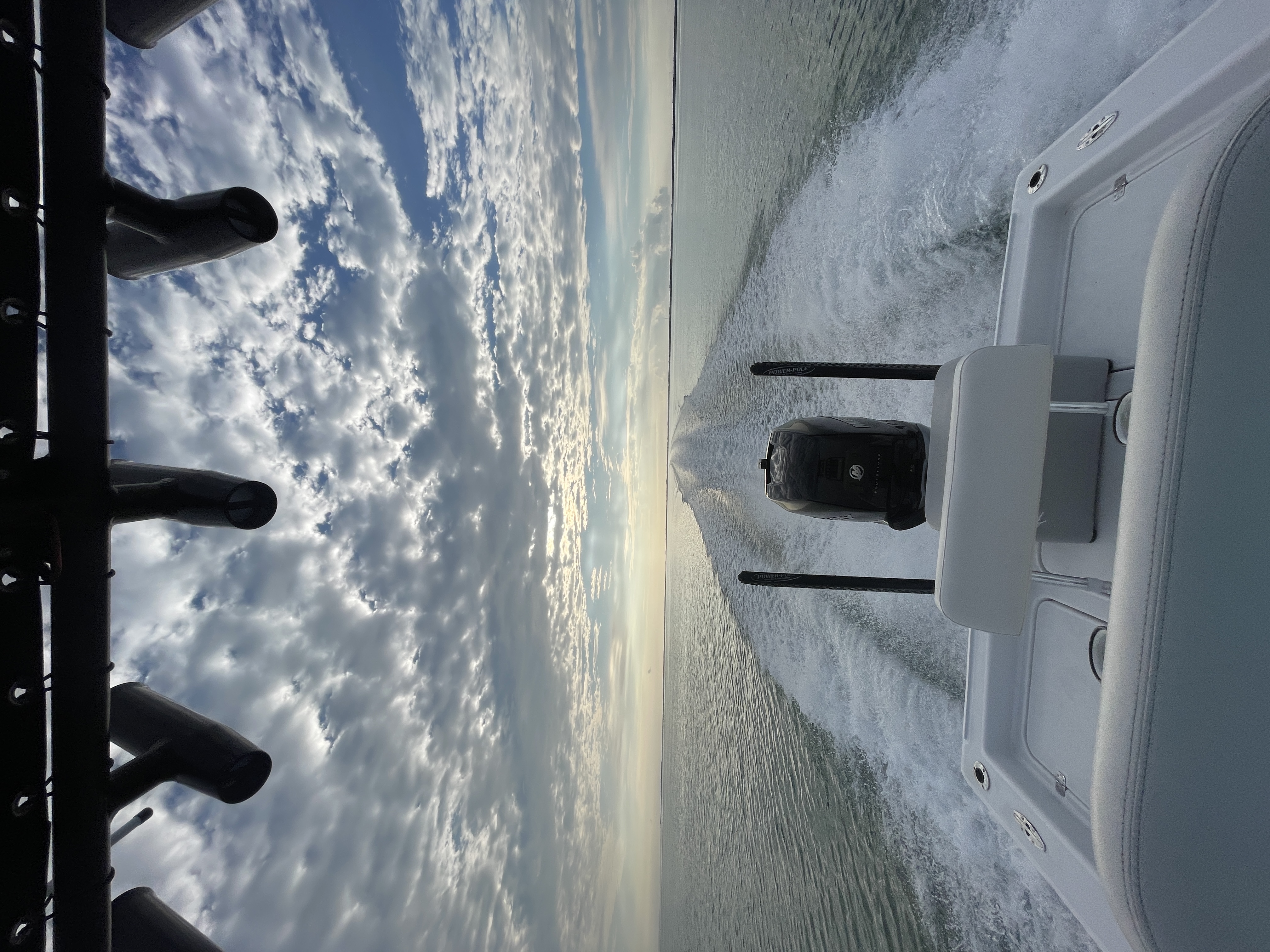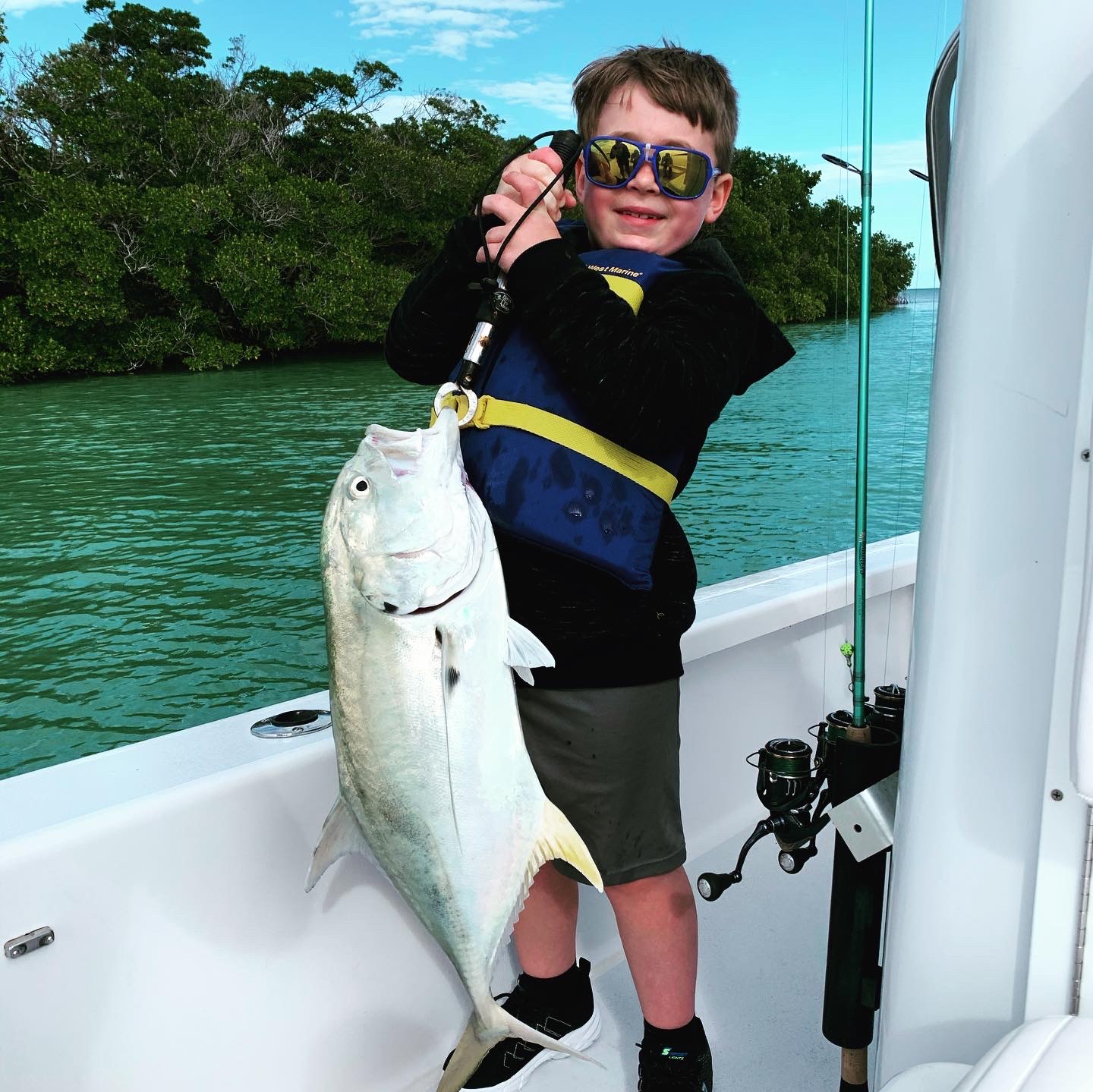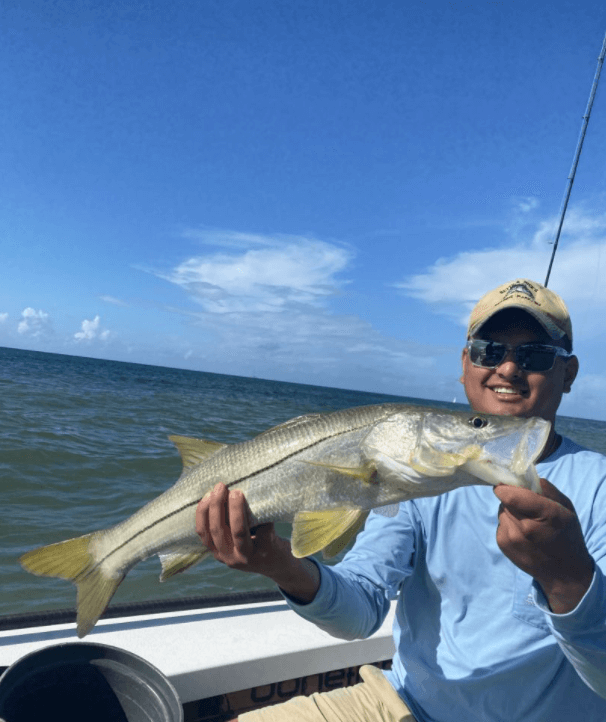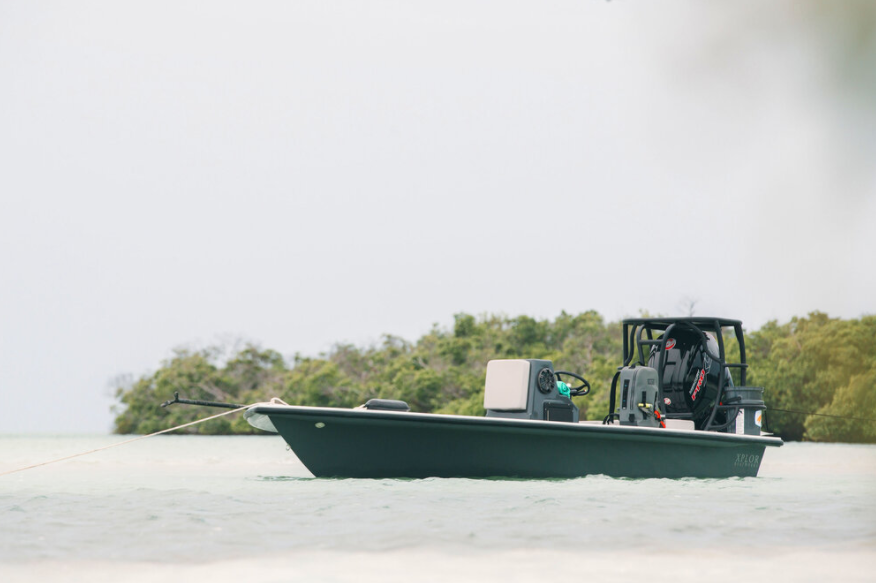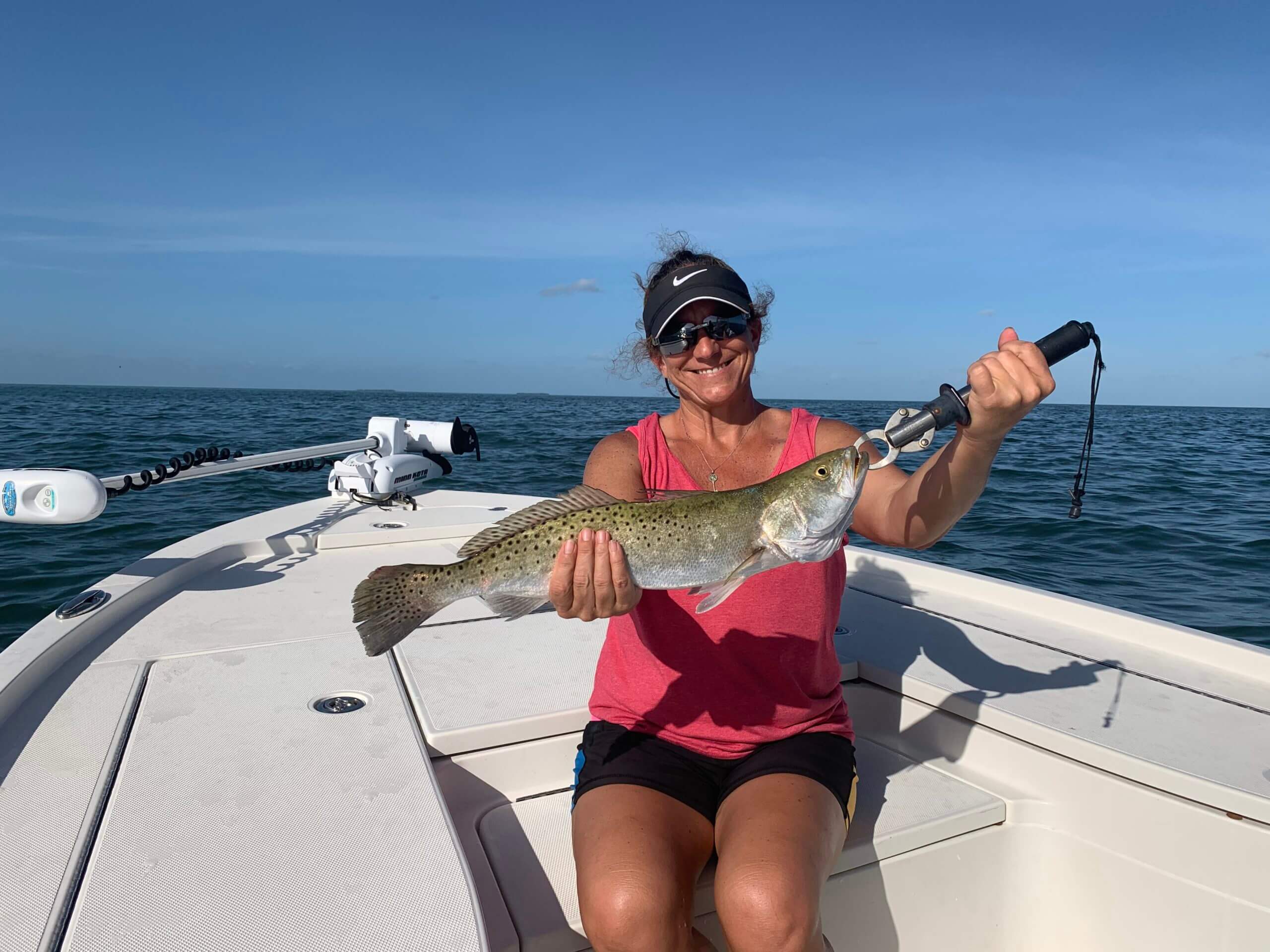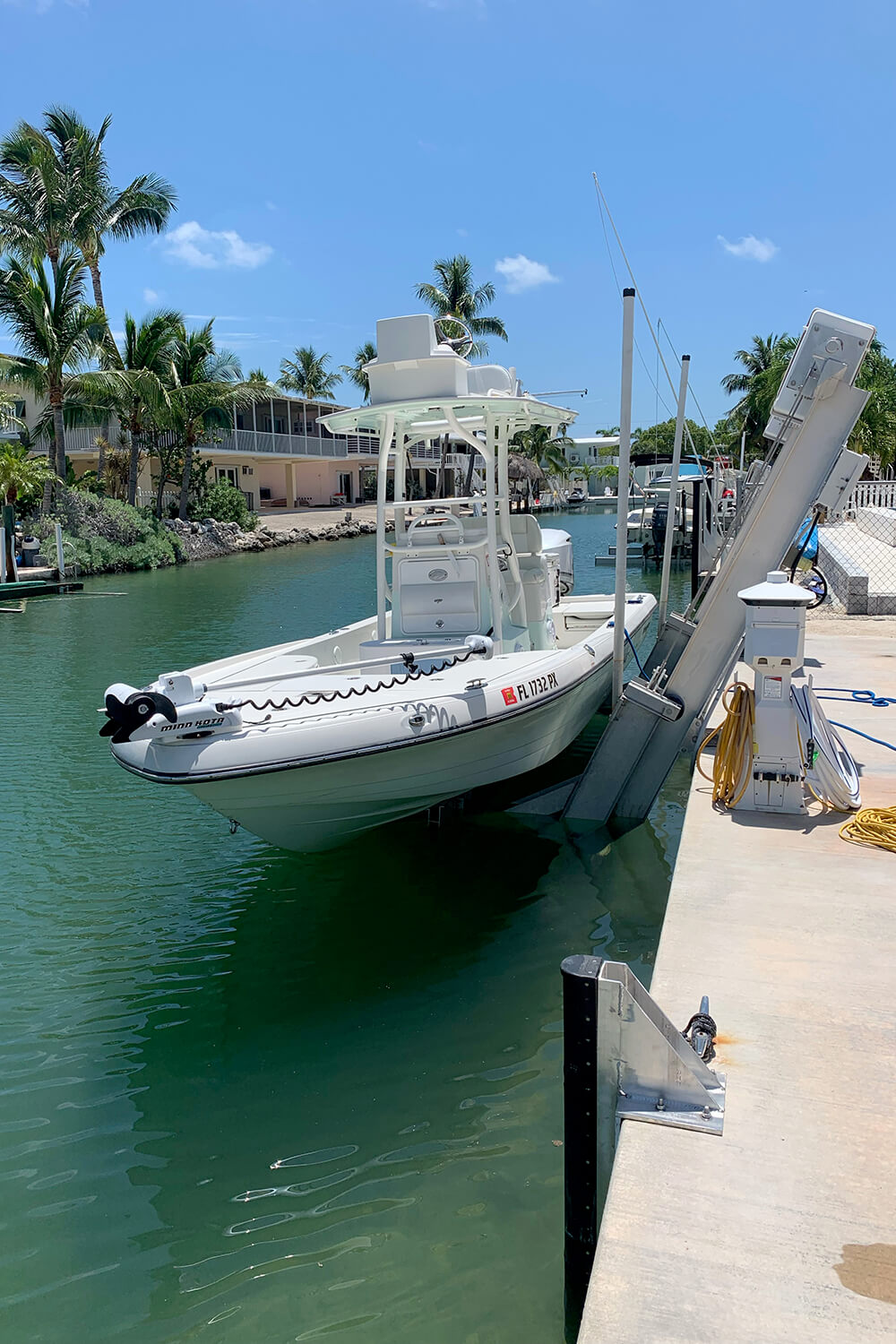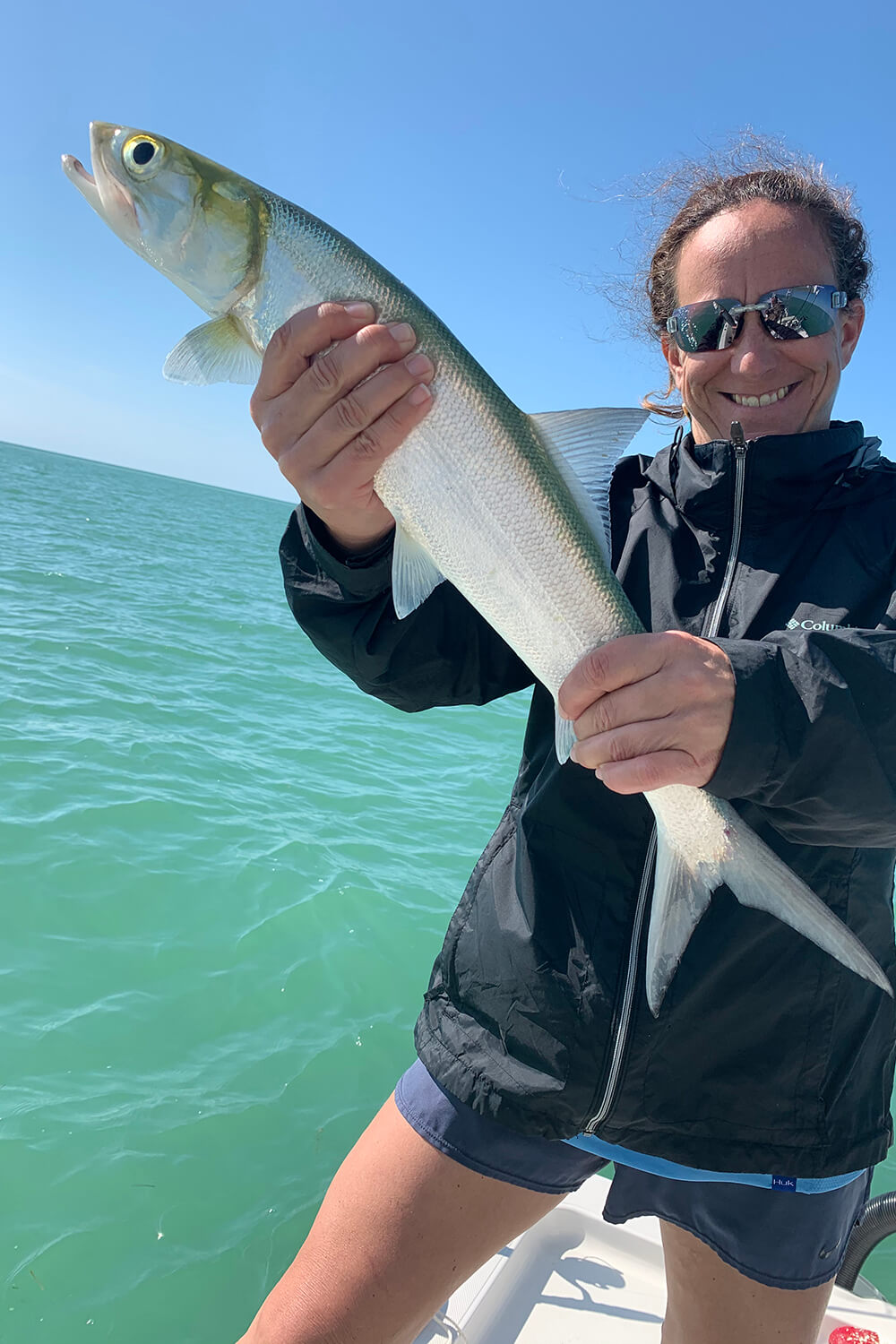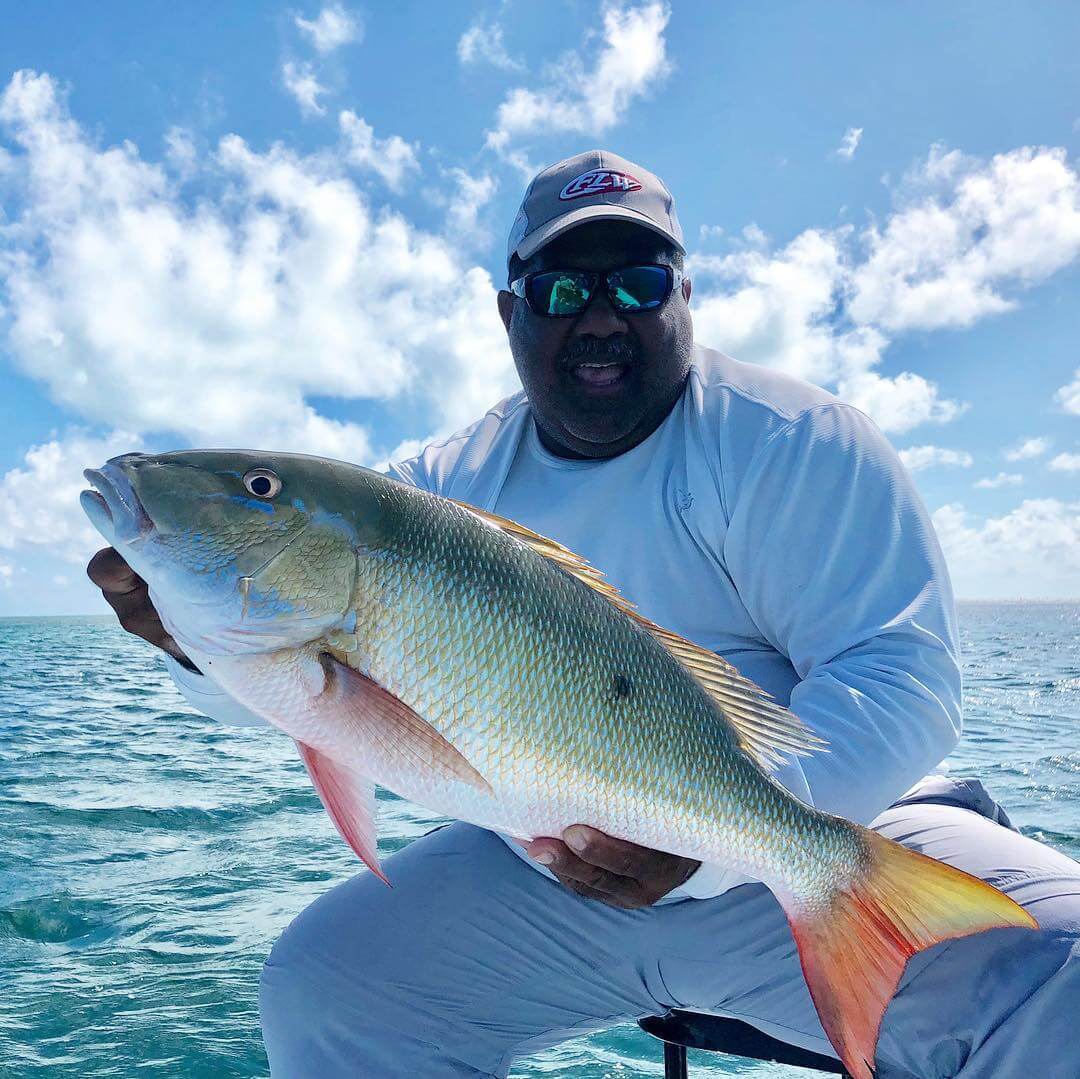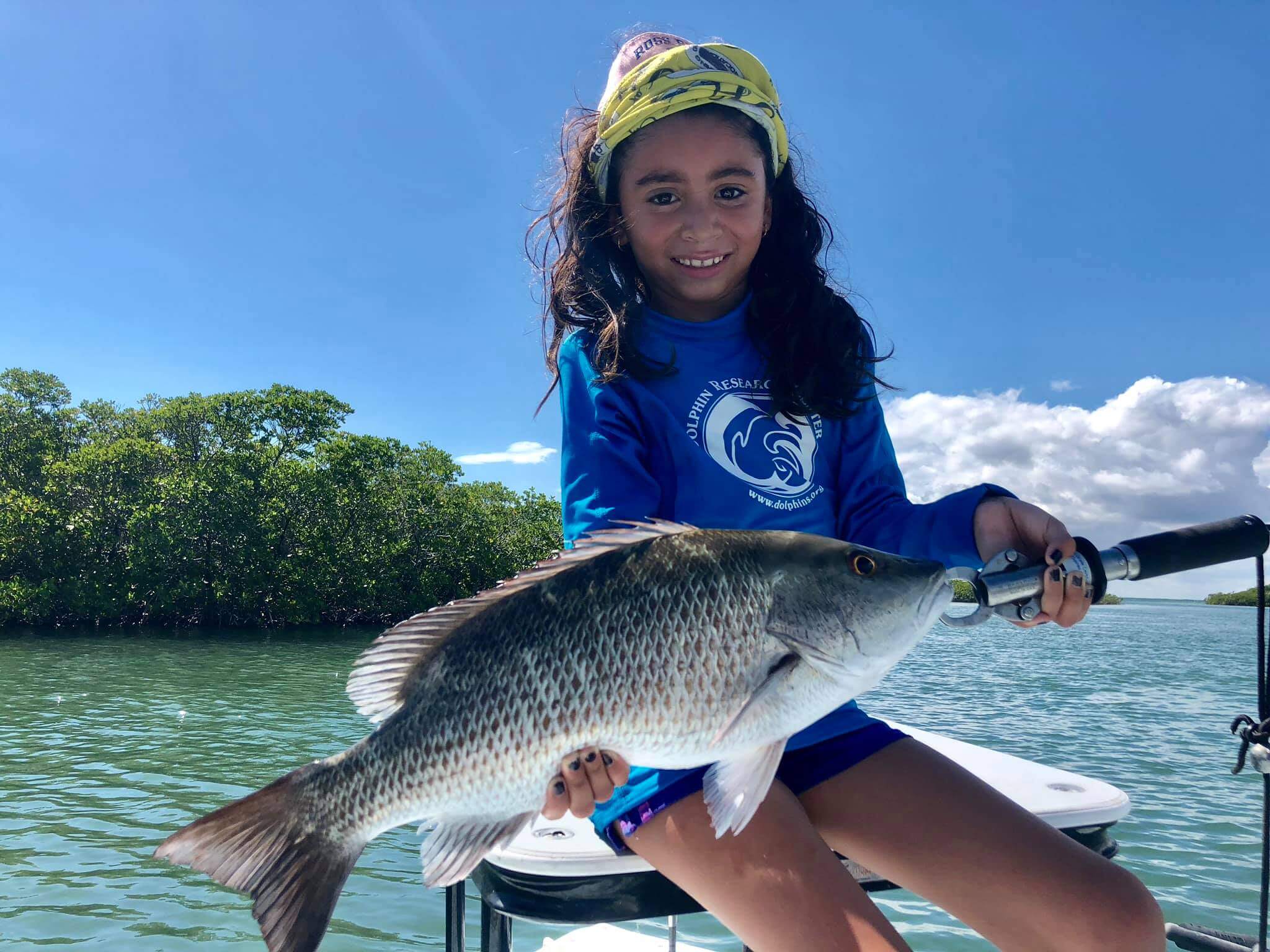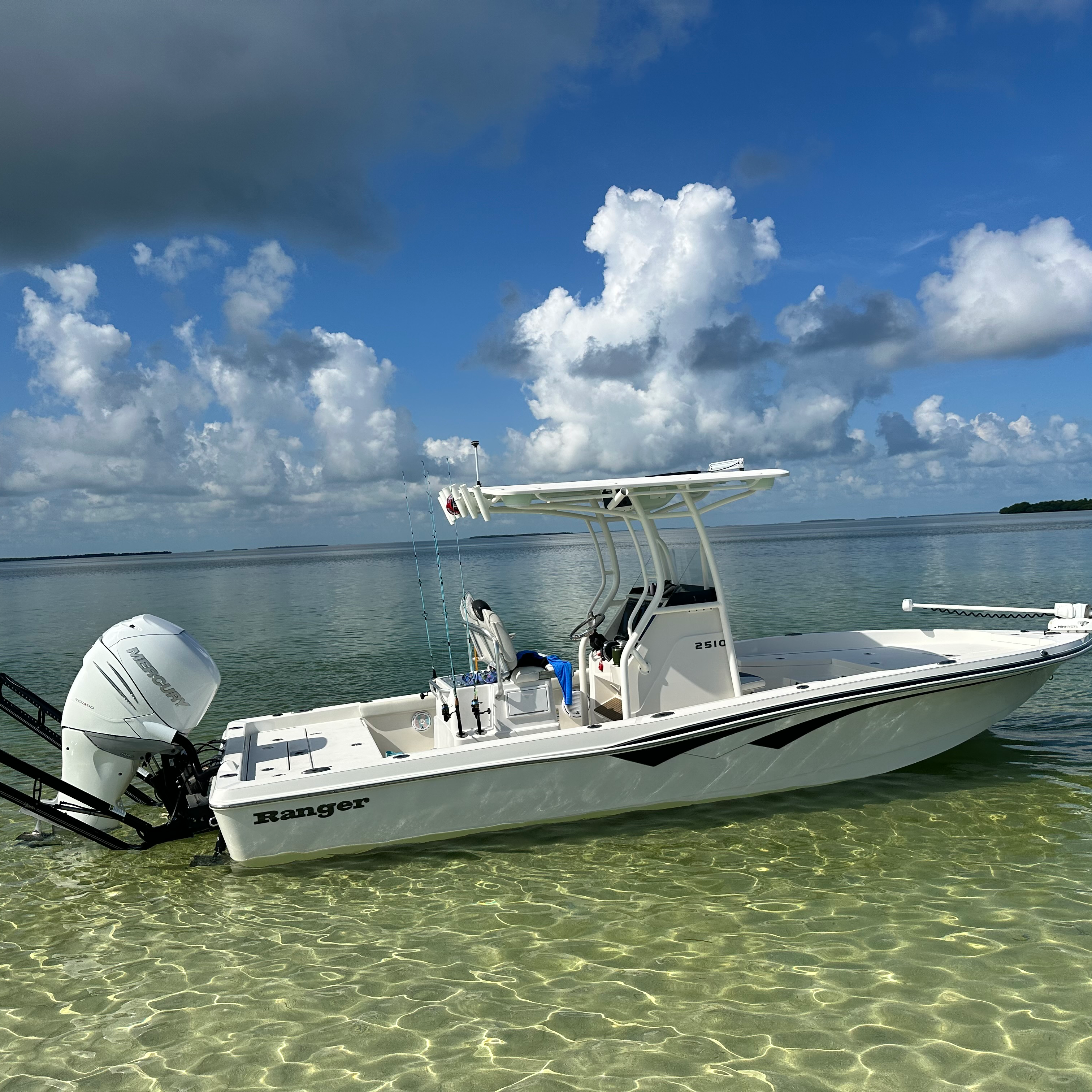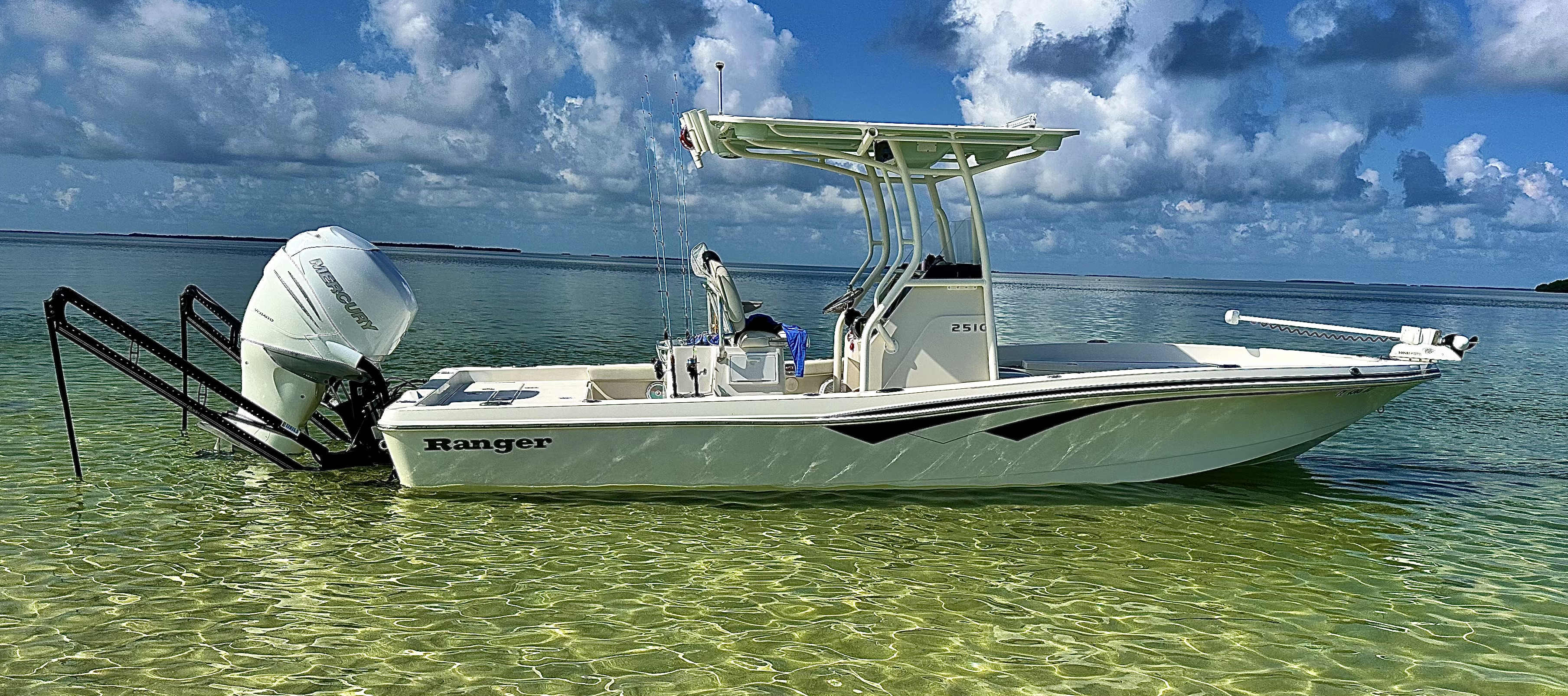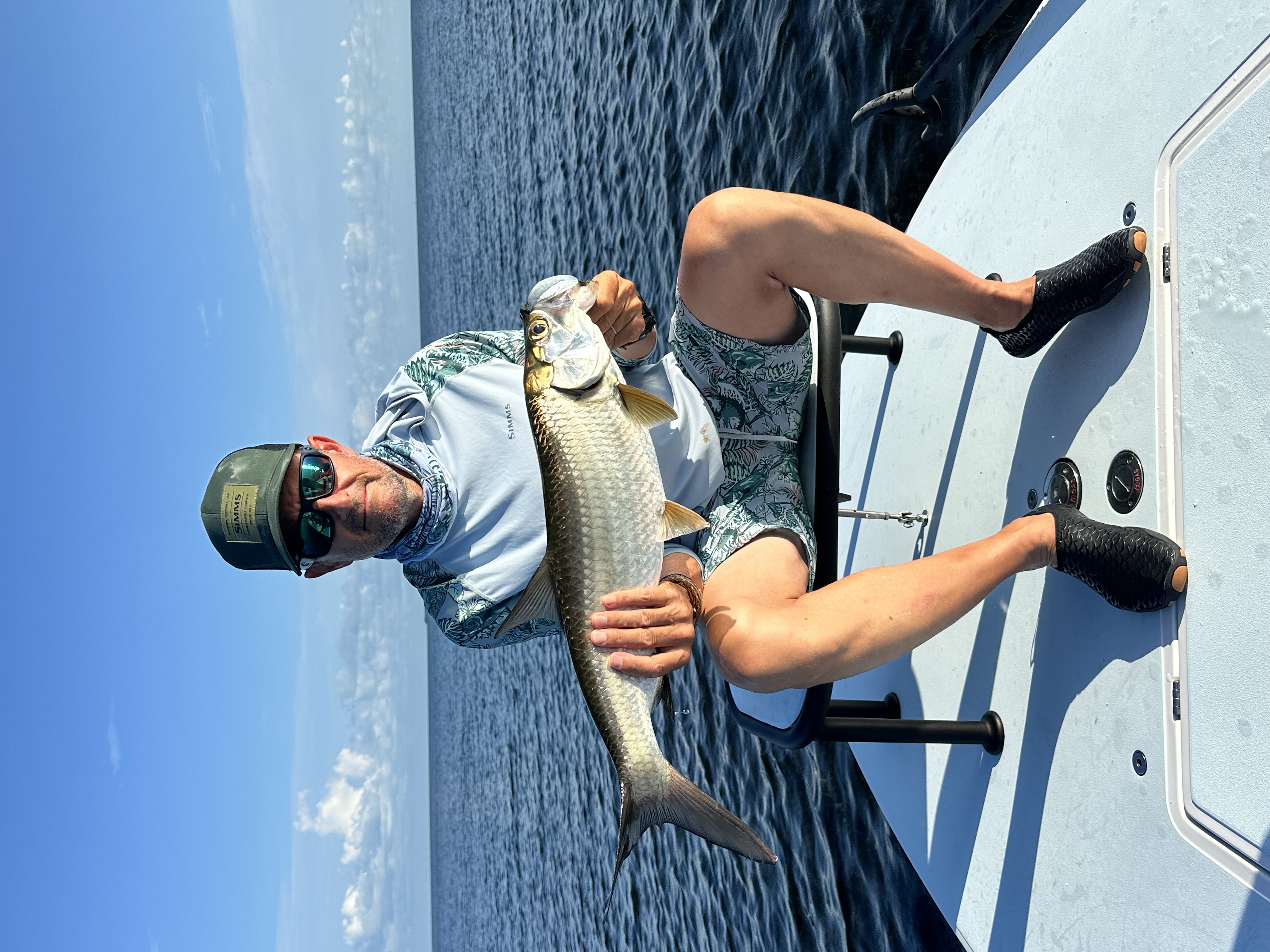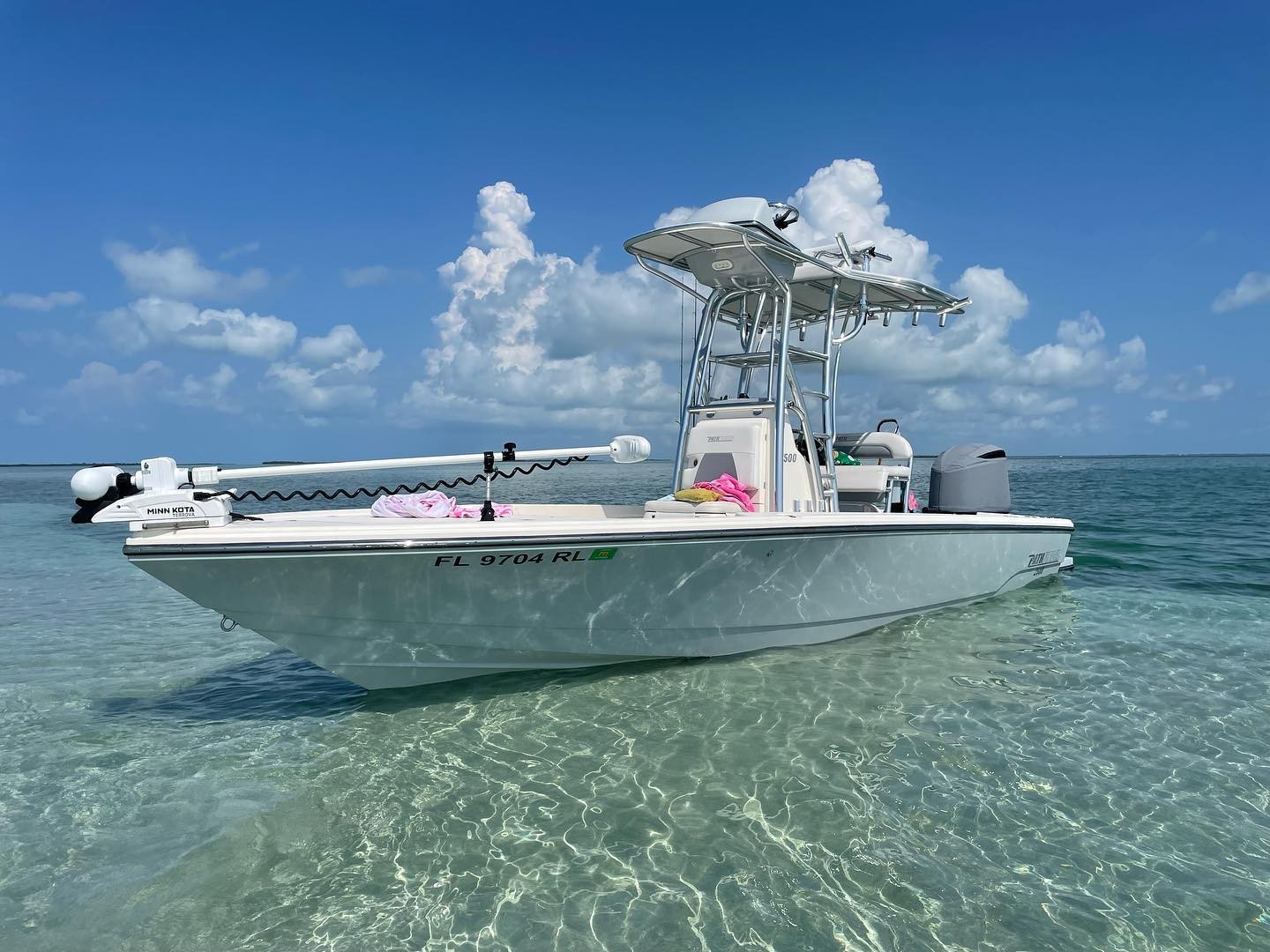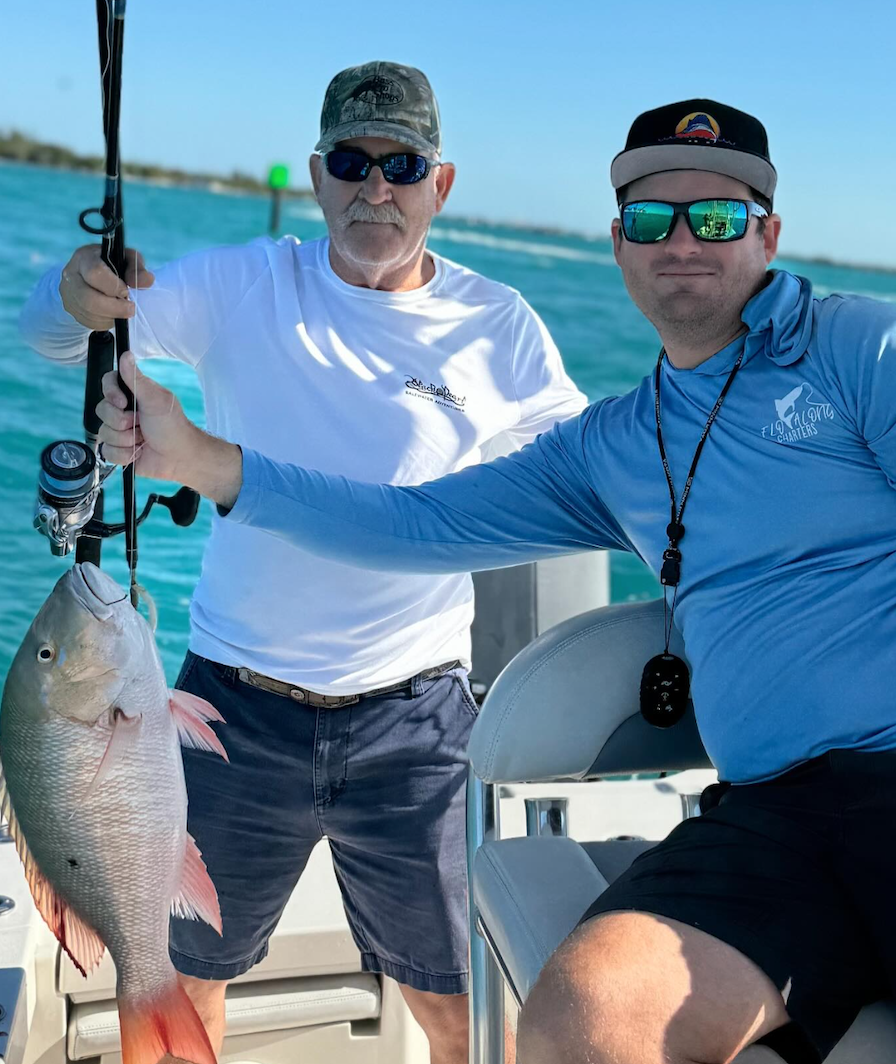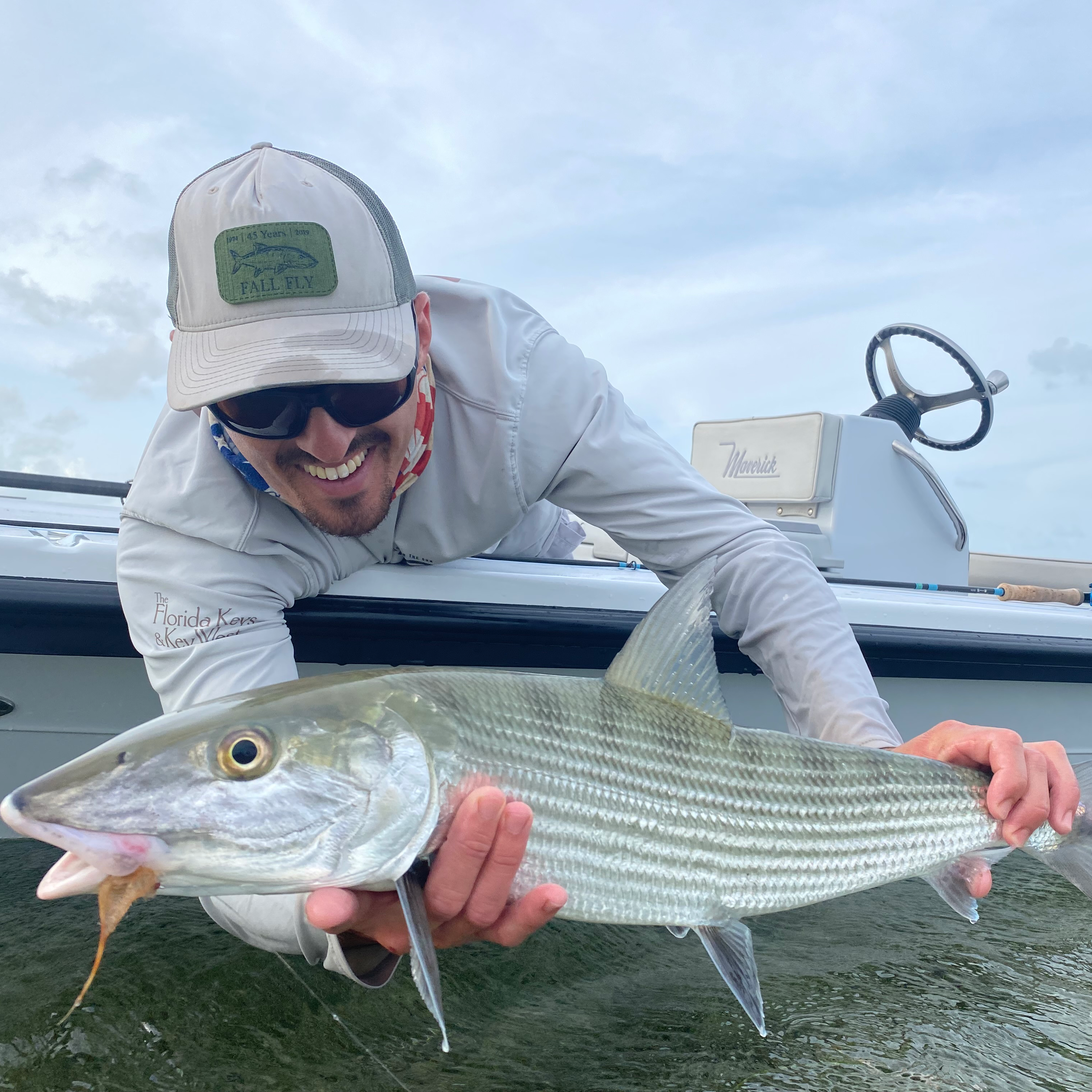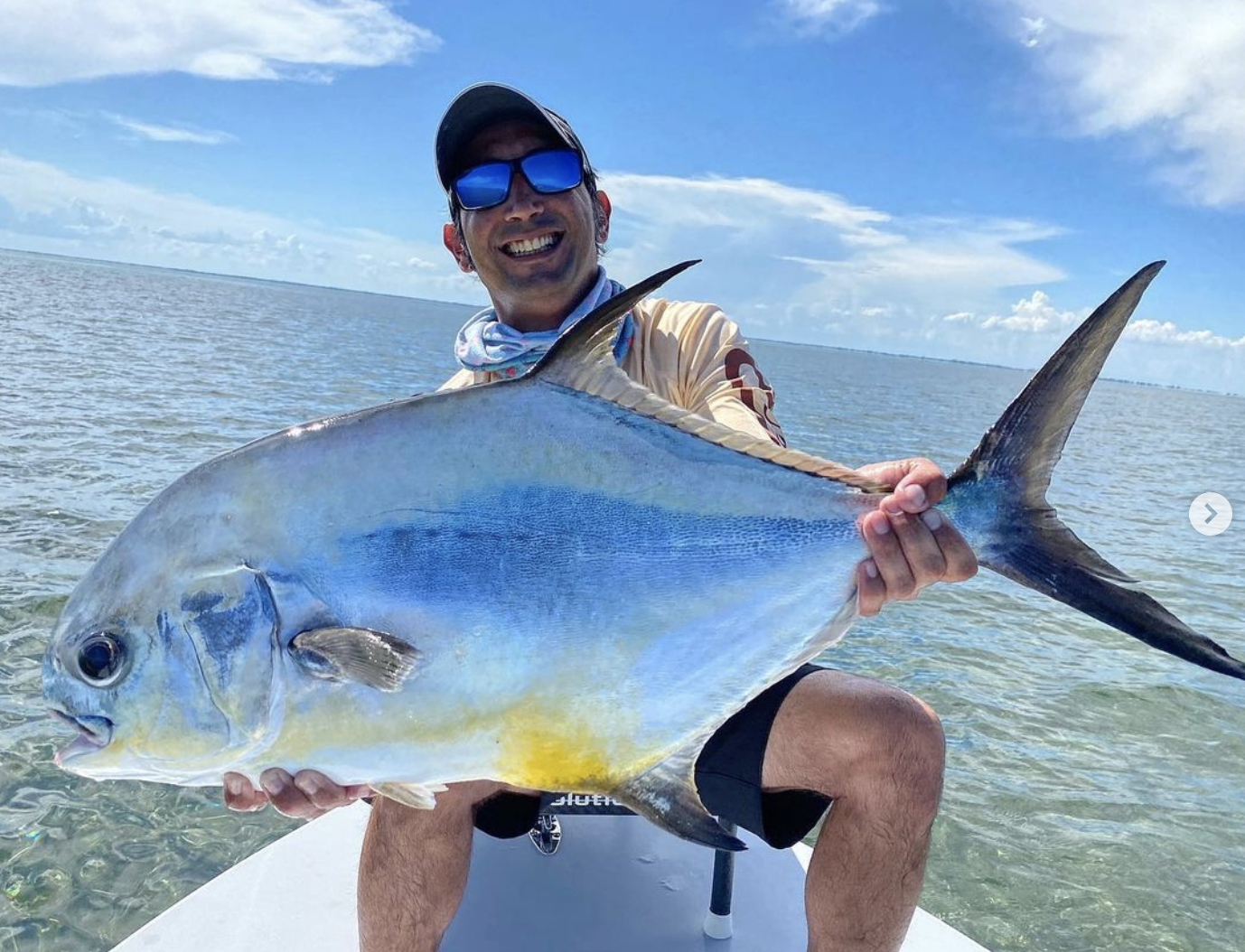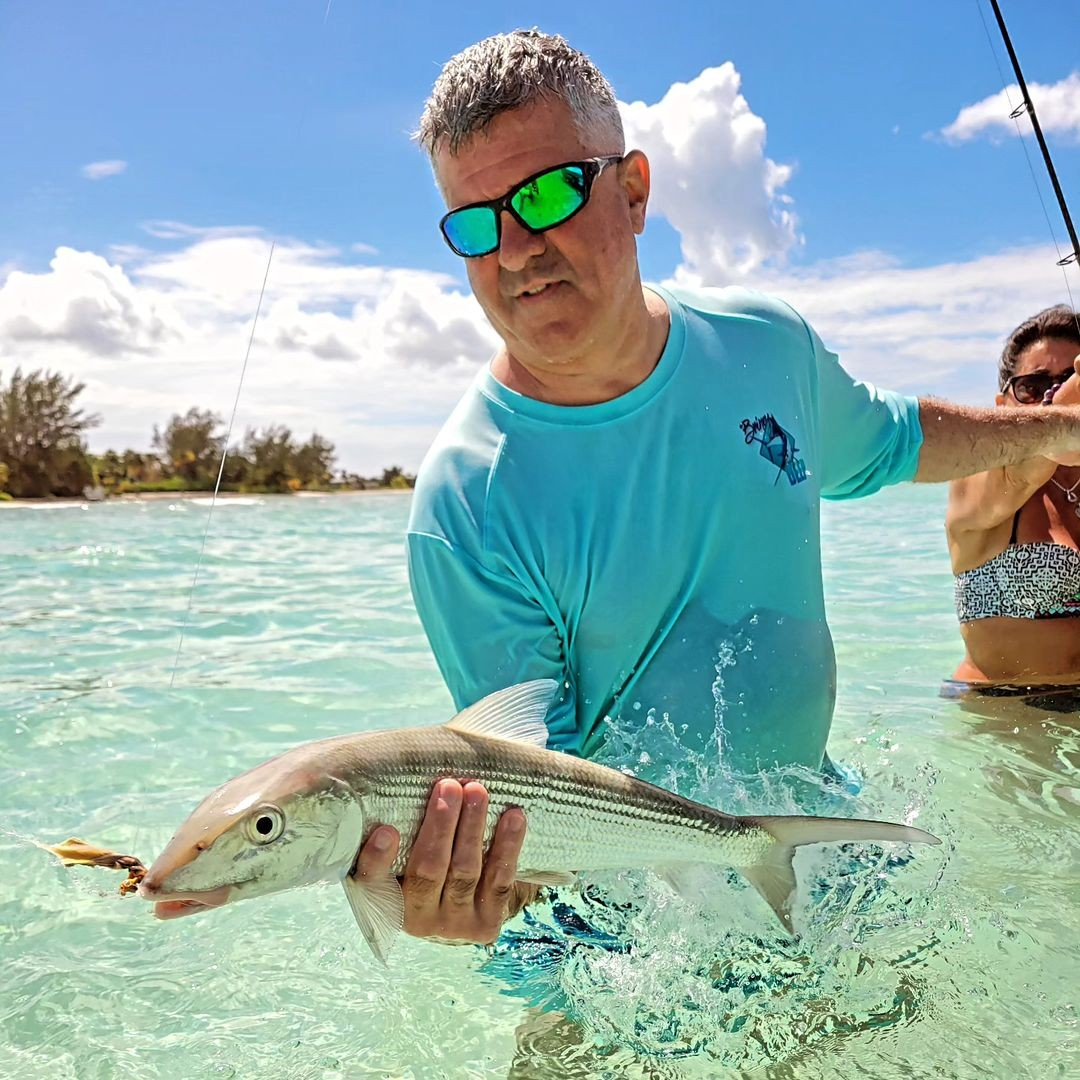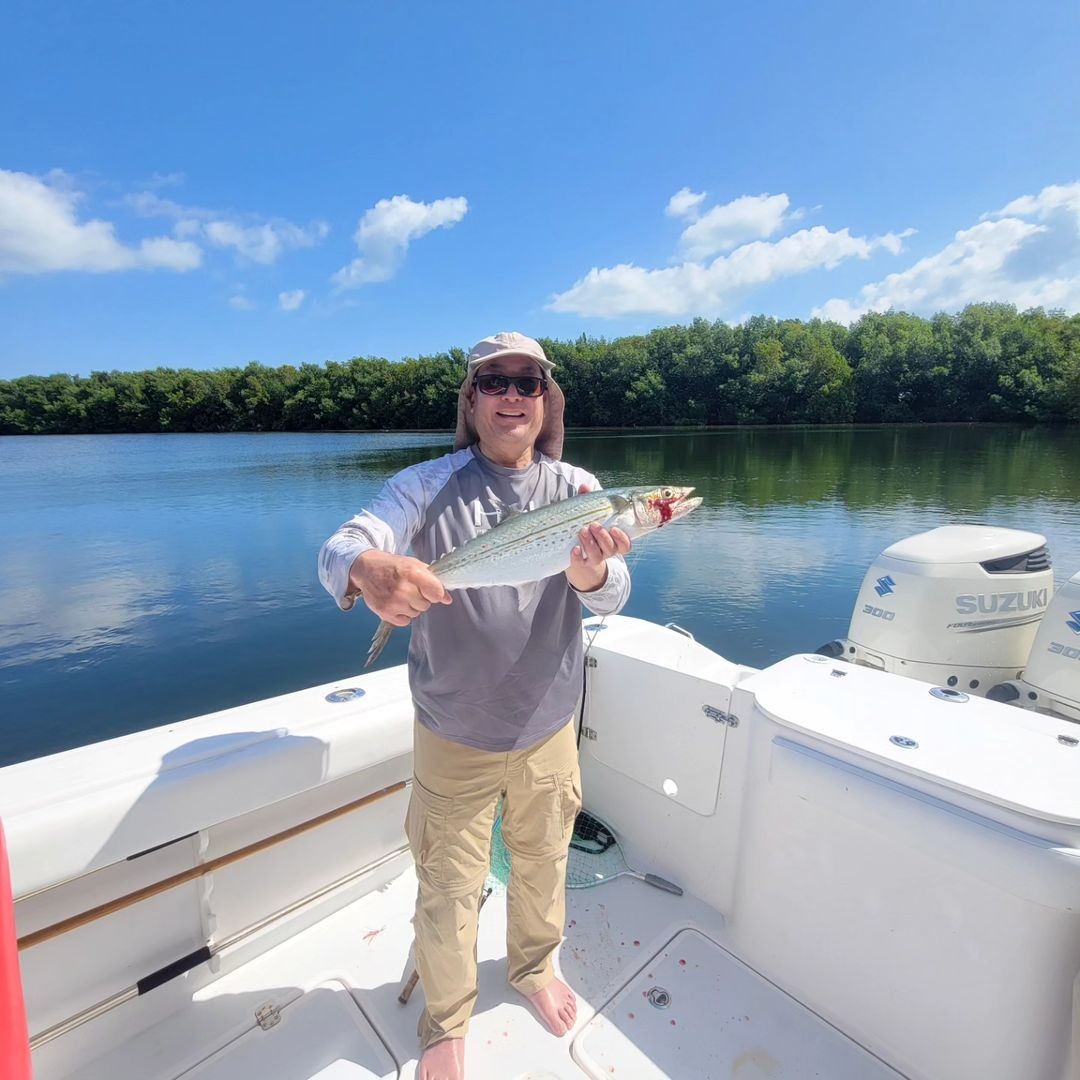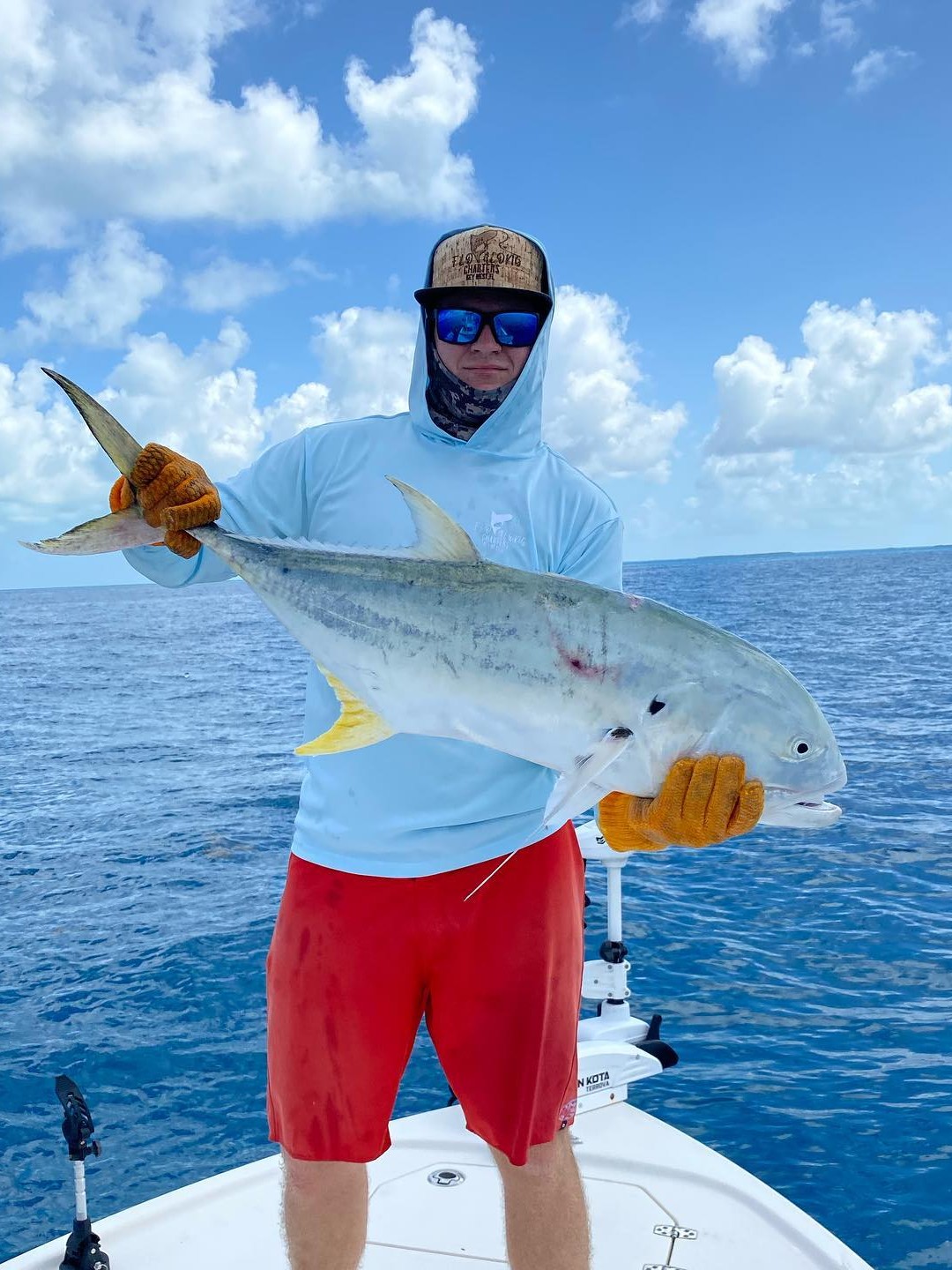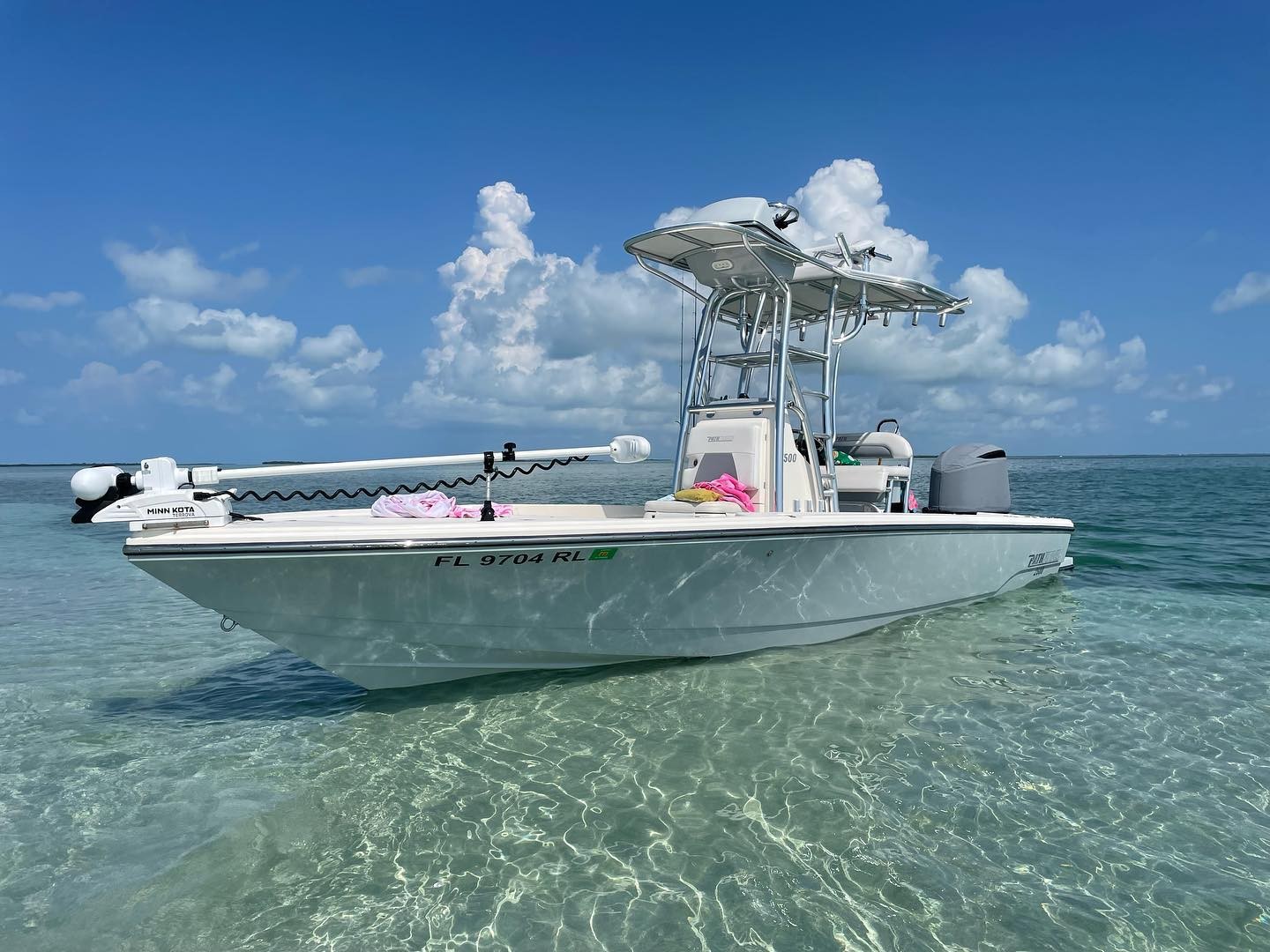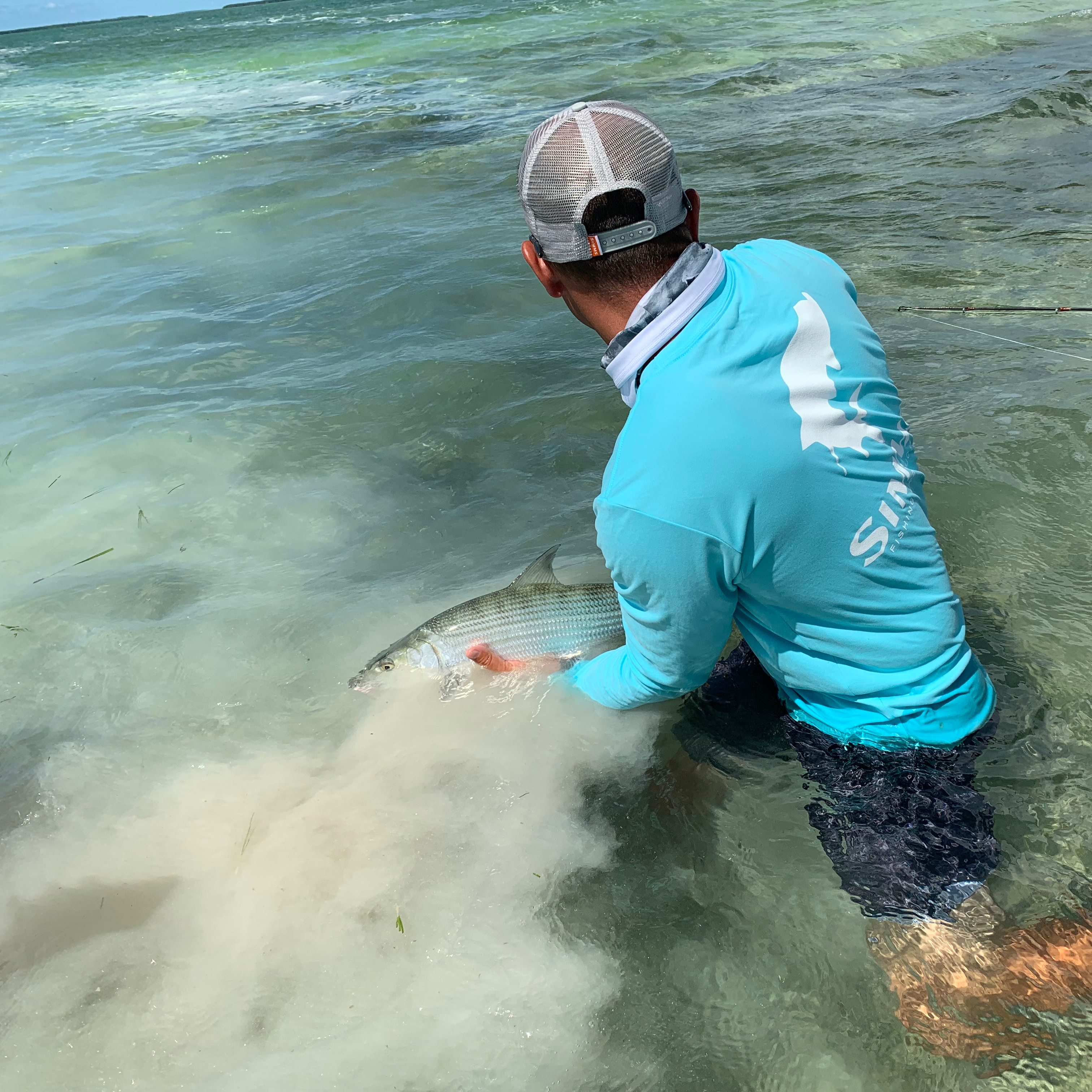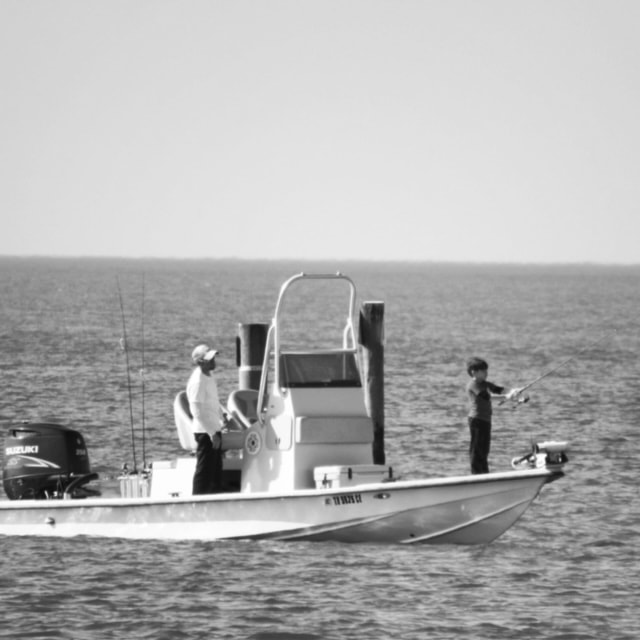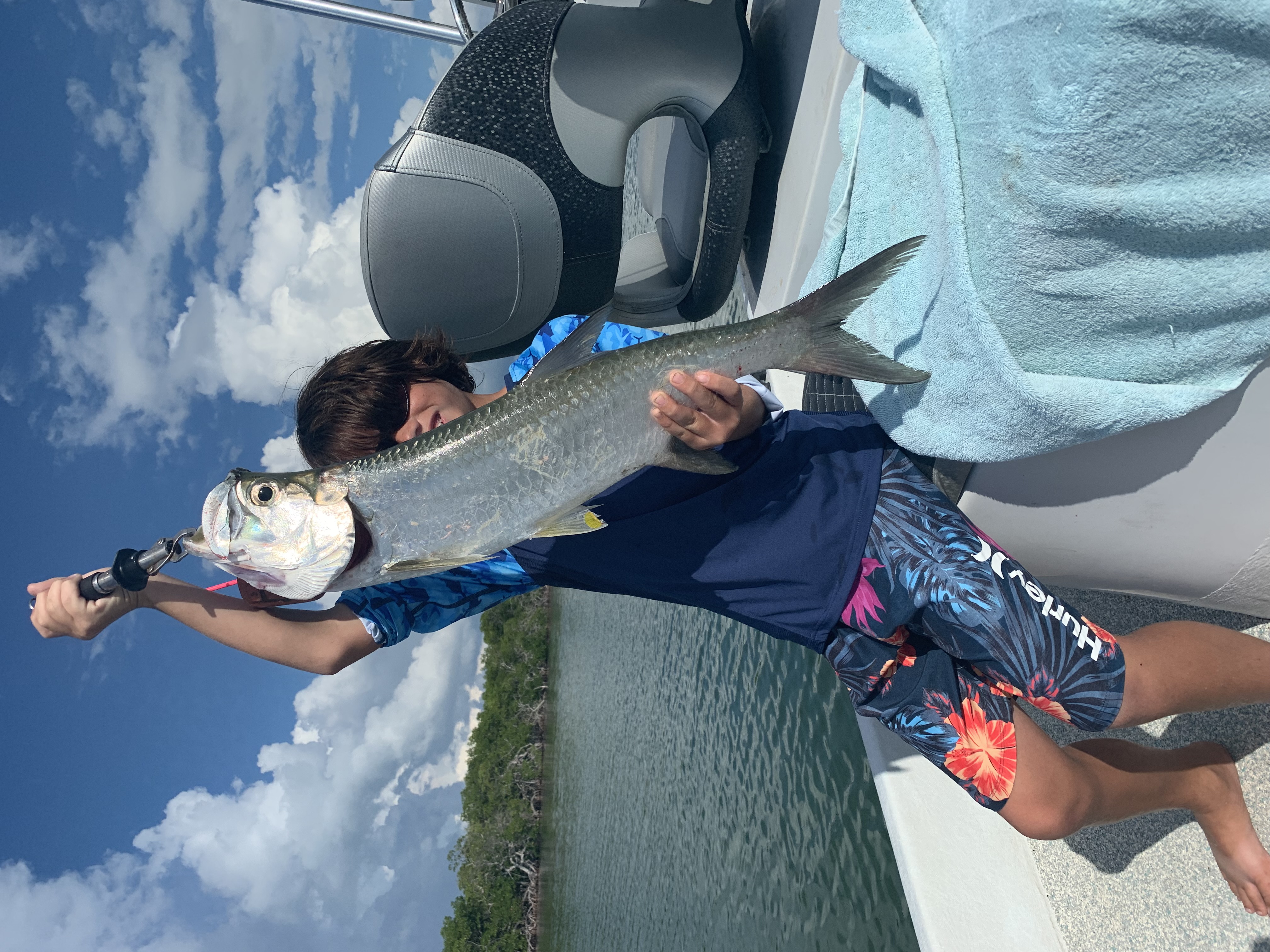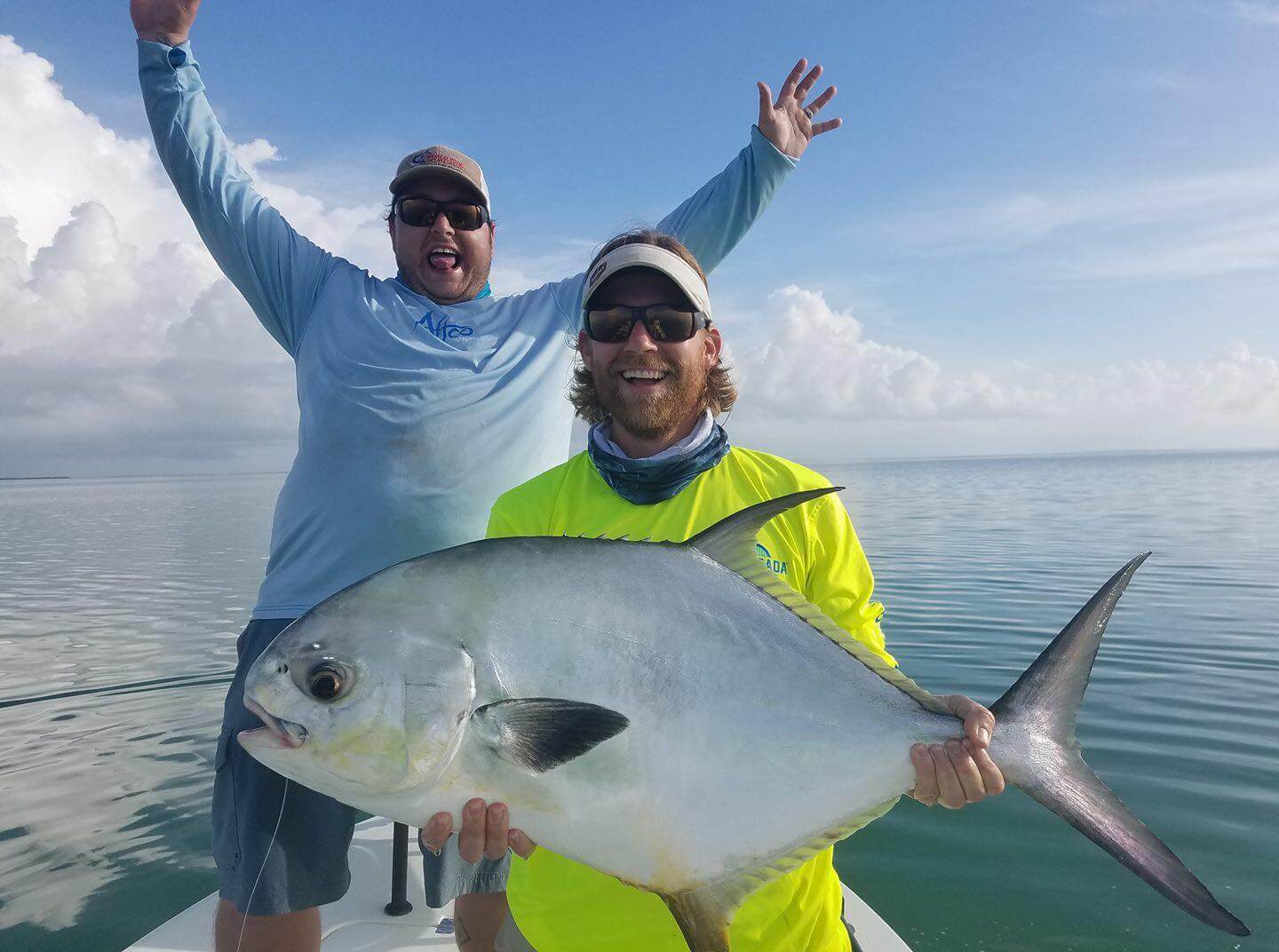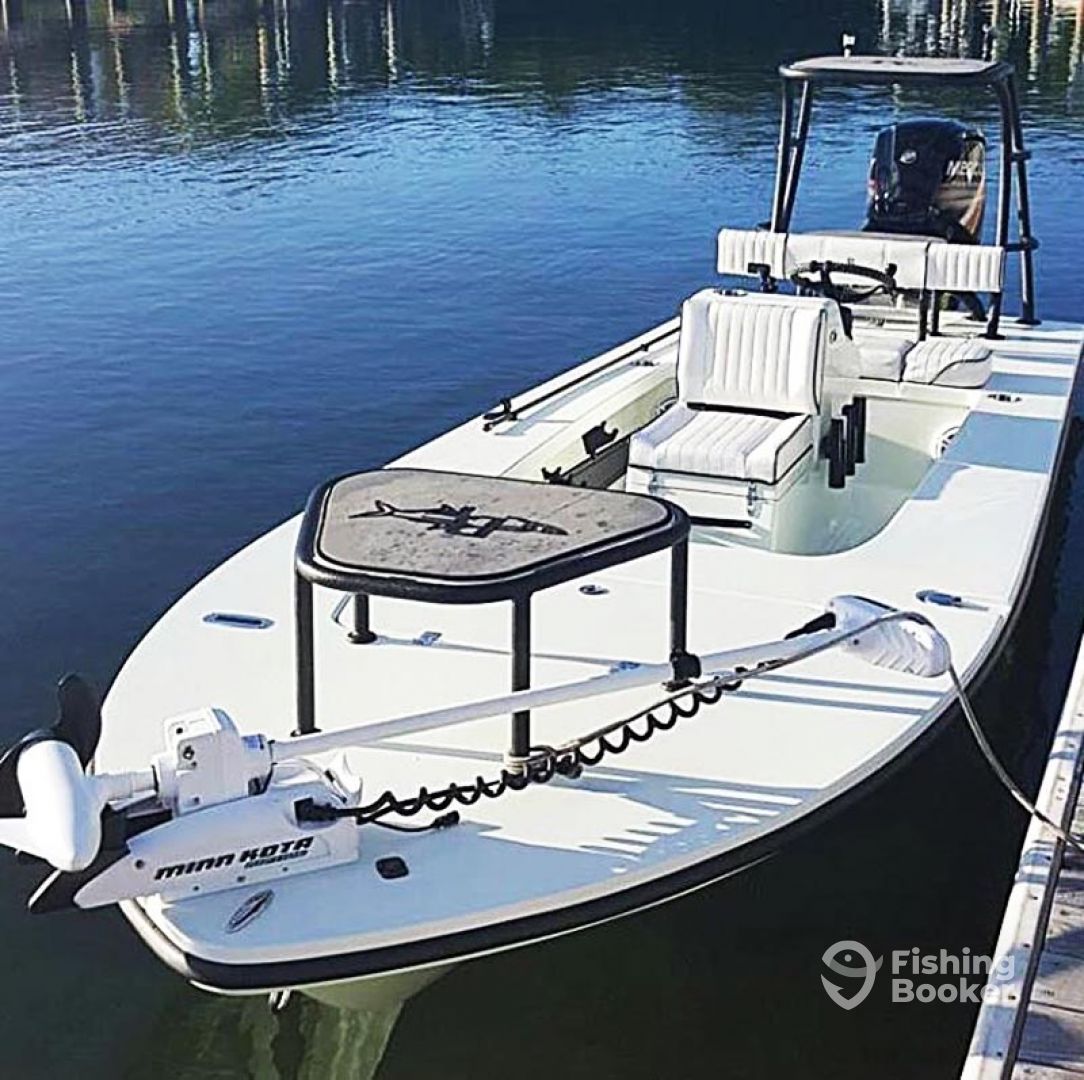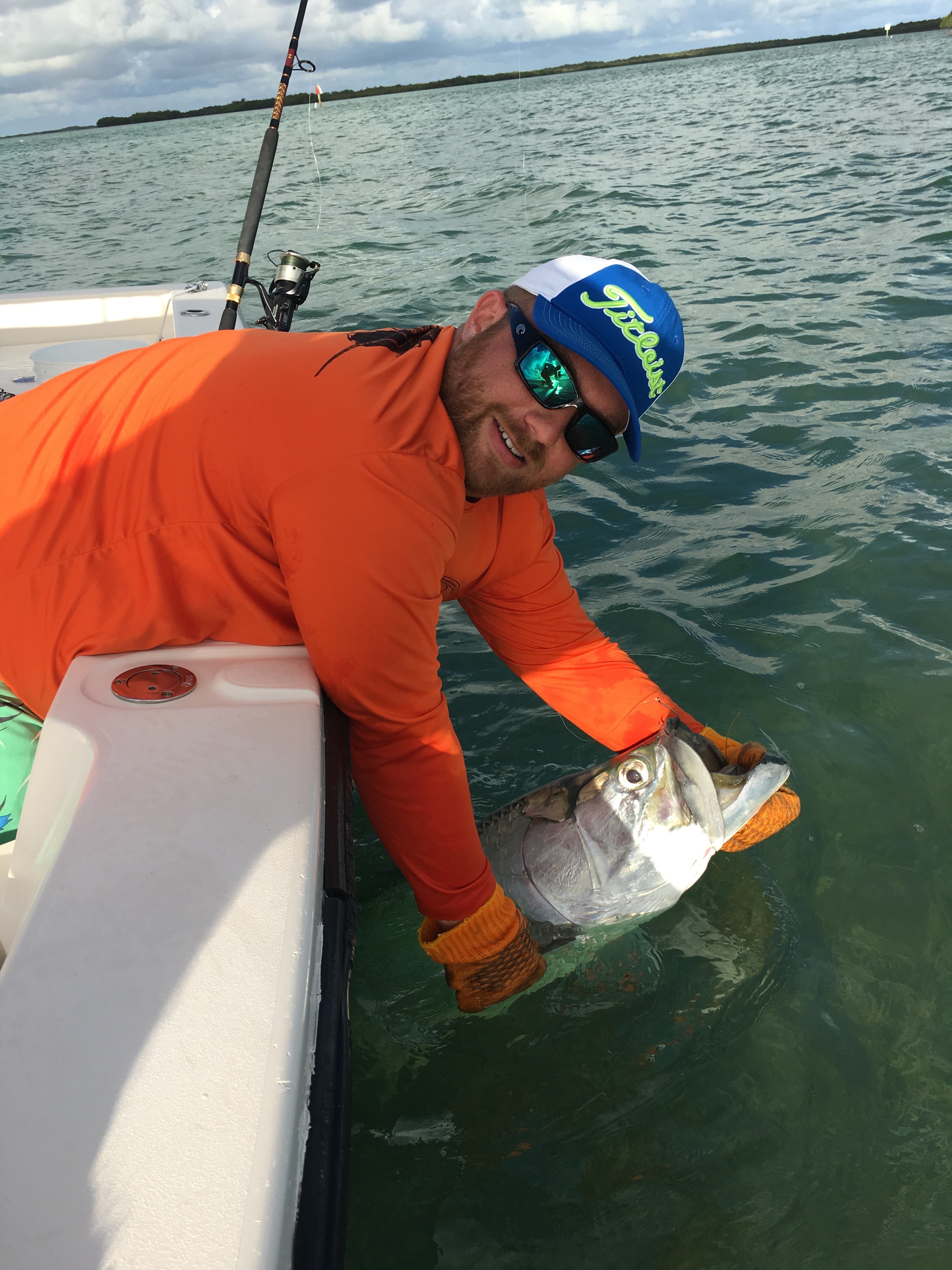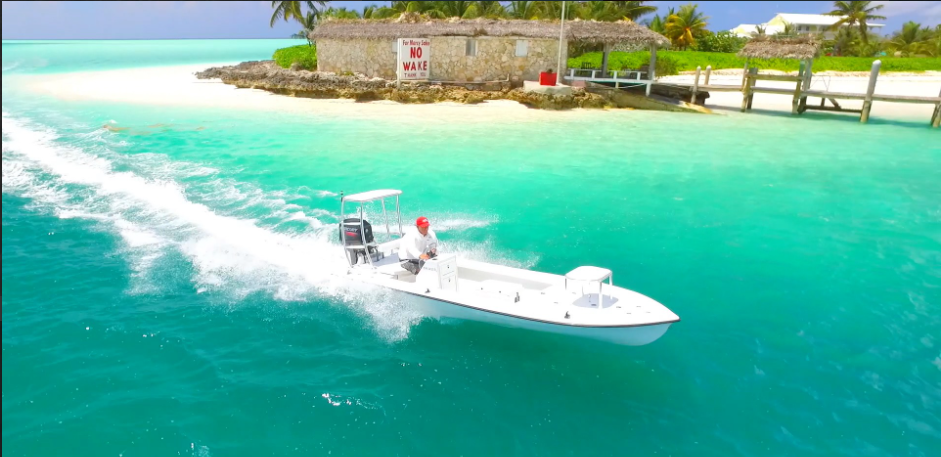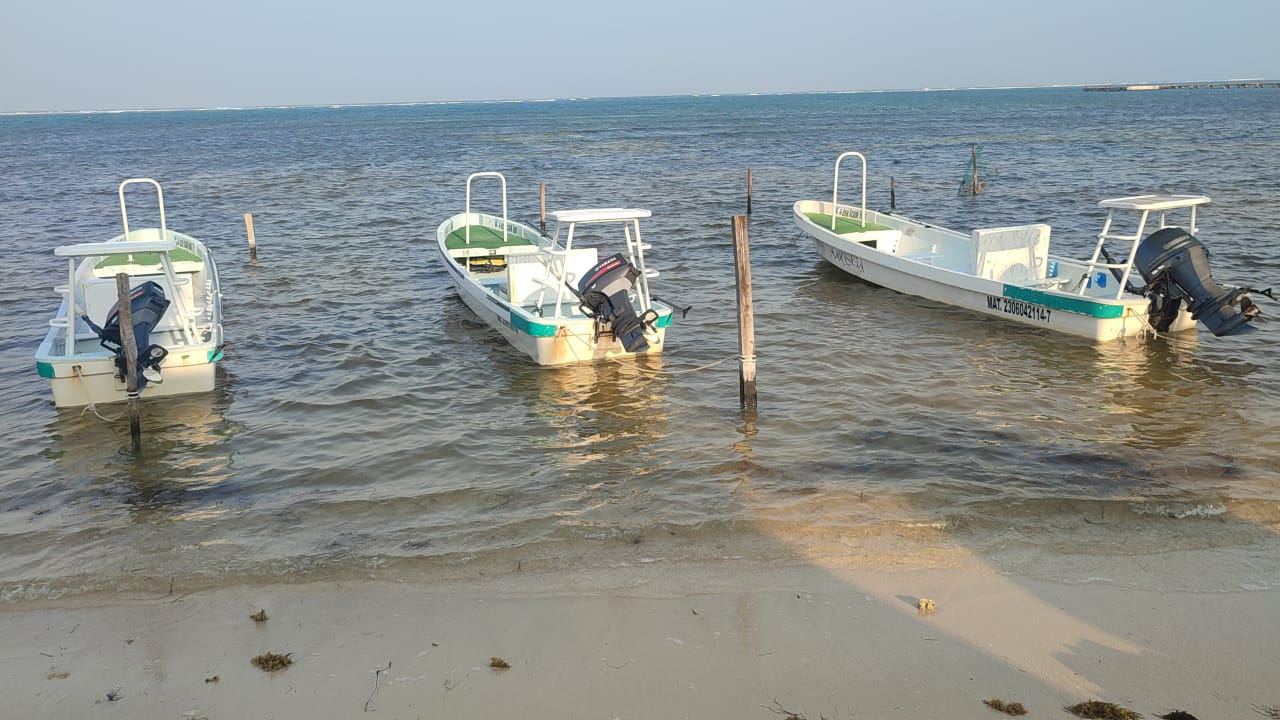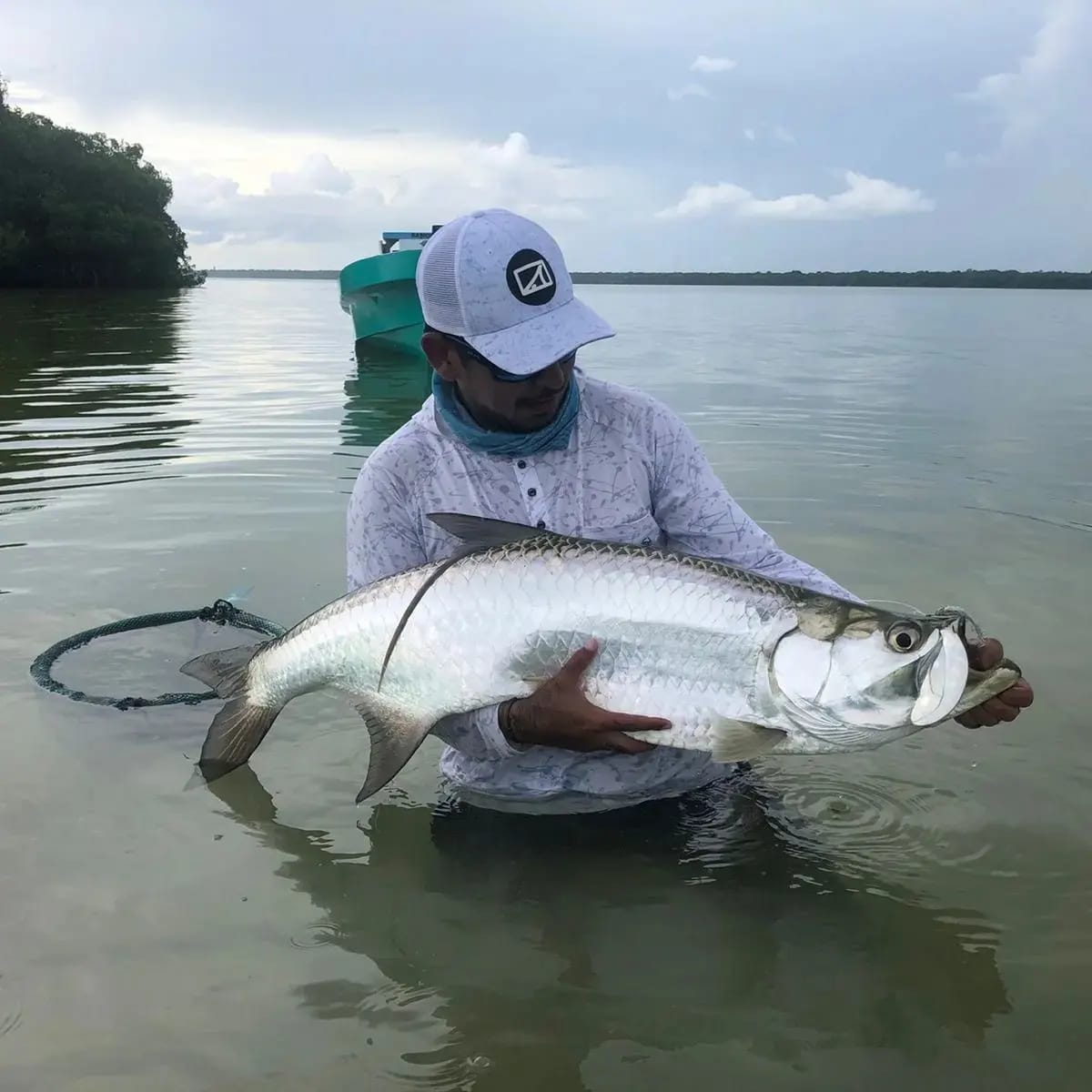Damn Good Guides
Experts Available 24/7
100% Weather Guarantee
Top Cities for Bonefish Fishing
“Our Damn Good Guides go above and beyond, and we’ve handpicked every single one. We’re passionate about the outdoors and look forward to getting you out on the trip of a lifetime, every time.”
Jonathan and Attison | Co-founders | Austin, Texas
Bonefish Fishing Charters
Inshore, Nearshore, Flats in Homestead
3/4 Day 6 Hours Trip
Inshore, Flats Fishing in Tavernier
Islamorada Inshore Fishing Fun!
Inshore, Nearshore, Flats in Jupiter
Jupiter Fly Fishing With Dingo
Inshore, Nearshore, Flats in Islamorada
Islamorada Inshore And Flats Fshing
Dusk Till Dawn - 18’ Xplor
Inshore, Flats Fishing in Islamorada
Family Friendly Fishing Fun
Everything to Know About Booking a bonefish fishing charter
What are the best bonefish fishing charters?
The best bonefish fishing charters are:
What is a Bonefish?
Bonefish (Albula vulpes), sometimes called just “bones” or “gray ghosts,” are an elusive fish that are highly regarded by anglers in their difficulty to catch. They have silver sides with slightly darker to olive green backs, stripes down their side, and have a very streamlined body.
This body shape helps them to reach speeds of up to 40 miles per hour, helping them to evade predators and to run out your line in a matter of seconds. They also have lung-like air bladders, which help them to tolerate shallower water with less oxygen, and are very sensitive to noise.
How big do Bonefish get?
Bonefish vary in size depending on what area they are in. In Florida and the Bahamas, they will typically grow to four to six pounds. In the West Indies, they are known to get up to twice that size. There are rumors that waters near South Africa and Hawaii grow to over 20 pounds.
Regardless of where you find them, bonefish reach sexual maturity between three and four years, but can live up to 19 years.
What's the biggest Bonefish ever caught?
Despite the rumors of 20 pound gray ghosts being caught, the IGFA lists the all-tackle world record at 16 pounds. It was caught off a rod and reel by Jerry Lavenstein out of Bimini, Bahamas on February 25th, 1971.
There was a 16 pound, 3 ounce bonefish caught, weighed, and released by Bob Schroeder out of the Florida Keys on March 19th, 2007, however it was never certified by the IGFA, leaving Jerry Lavenstein’s monster in the lead.
Where is the best place to catch Bonefish?
Bonefish live in tropical and subtropical waters of the Atlantic and Pacific Oceans, the Gulf of Mexico, and the Caribbean Sea. Some of the best places to catch them are the Florida Keys, the Bahamas, and near Belize, though they can be found up and down both coasts of the United States, as well as Mexico, Central and South America, South Africa, and Hawaii.
When it is low tide, bonefish will head to deeper waters, up to around 300 feet. When the tide comes back in, they will follow it to search shallow waters for food, swimming in mudflats as little as four inches deep.
When should I catch Bonefish?
Bonefish can be fished for all year, however larger fish typically move to deeper waters the during hotter months. This makes the peak season ranging from March to May, and then October when they return.
As mentioned before, they move inshore during high tide to hunt and feed. This is the perfect time to target them, so be sure to check out your local reports of high and low tide.
How do you catch Bonefish?
Bonefishing, or fishing for bonefish, can be done by fly fishing or with light tackle, by either drift or still fishing. No matter what method you use, be sure to be very wary of the fish, as they are easily startled, especially when schooling. Casting from six to ten feet away will lessen your chances of spooking them.
Chumming the water with shrimp, crab, or cut conch to distract them is also another great option. From there you can use natural bait such as live shrimp or small crabs, brought rapidly across the surface, or artificial baits such as flatheaded skimmer jigs, plugs, or flies, used to create sand puffs in the water.
Sight-casting for schools, or stalking individual bones cruising or tailing will lead you in the right direction. Tailing is a term used for the action of a bonefish digging in the ocean bottom of shallow water to look for food. They use their tails for leverage to dig, by slapping the water for balance.
Once they are found, and you have your prepared bait and possibly chum, you should aim that bait a few feet away from the fish, and give it a delicate and precise cast. The more confident you are in your aim, and your ability to lay it down gracefully, the closer you can aim to the fish.
Are Bonefish good to eat?
Bonefish, like their name suggests, are fully of many, many tiny and large bones making them nearly impossible to clean. Also, bonefish over six inches long are poisonous to humans when consumed, as they contain high levels of clupeotoxin. For both these reasons, bonefish are better off being caught and released.
Recent Reviews
States
Cities
- Bacalar, Mexico
- Behring Point Settlement, The Bahamas
- Big Pine Key, FL
- Cancún, Mexico
- Cudjoe Key, FL
- Culebra, Puerto Rico
- George Town, George Town, Cayman Islands
- Homestead, FL
- Islamorada, FL
- Jensen Beach, FL
- Jolly Harbour, Antigua, Antigua and Barbuda
- Jupiter, FL
- Key Biscayne, FL
- Key Largo, FL
- Key West, FL
- Layton, FL
- Marathon, FL
- Miami, FL
- Miami Beach, FL
- Moorea-Maiao, French Polynesia
- Naranja, FL
- Oakridge, Honduras
- Palmetto Bay, FL
- Placencia, Stann Creek District, Belize
- Ramrod Key, FL
- San Diego, CA
- San Miguel de Cozumel, Mexico
- South Padre Island, TX
- Spanish Wells, The Bahamas
- Summerland Key, FL
- Tarpon Springs, FL
- Tavernier, FL
- Tulum, Mexico
Other Fishing Species
- African Pompano
- Albacore Tuna
- Almaco Jack
- Amberjack
- Atlantic Mackerel
- Barracuda
- Bigeye Tuna
- Black Drum
- Black Grouper
- Black Marlin
- Black Seabass
- Blackfin Tuna
- Blacktip Shark
- Blue Marlin
- Blue Shark
- Bluefin Tuna
- Bluefish
- Bonito
- Bonnethead Shark
- Broomtail Grouper
- Bull Shark
- California Corbina
- Cero Mackerel
- Cobia
- Cubera Snapper
- Dogtooth Tuna
- Dusky Shark
- Florida Pompano
- Flounder
- Gag Grouper
- Goliath Grouper
- Great White Shark
- Grunt
- Halibut
- Hammerhead Shark
- Hogfish
- Horse-eye Jack
- Jack Crevalle
- Kingfish
- Ladyfish
- Lane Snapper
- Largemouth Bass
- Lemon Shark
- Leopard Shark
- Lobster
- Mahi Mahi
- Mako Shark
- Mangrove Snapper
- Mullet Snapper
- Mutton Snapper
- Nurse Shark
- Permit
- Rainbow Runner
- Red Grouper
- Red Snapper
- Redfish
- Sailfish
- Scamp Grouper
- Sheepshead
- Skipjack Tuna
- Snook
- Snowy Grouper
- Spanish Mackerel
- Speckled Trout
- Spotted Bass
- Stingray
- Strawberry Grouper
- Striped Marlin
- Swordfish
- Tarpon
- Thresher Shark
- Tiger Shark
- Tilefish
- Triggerfish
- Tripletail
- Vermillion Snapper
- Wahoo
- Warsaw Grouper
- White Marlin
- Yellowfin Tuna
- Yellowtail Amberjack
- Yellowtail Snapper
Featured Cities
- Fishing Charters Near Me
- Austin Fishing Guides
- Biloxi Fishing Charters
- Bradenton Fishing Charters
- Cabo San Lucas Fishing Charters
- Cancun Fishing Charters
- Cape Coral Fishing Charters
- Charleston Fishing Charters
- Clearwater Fishing Charters
- Corpus Christi Fishing Charters
- Crystal River Fishing Charters
- Dauphin Island Fishing Charters
- Daytona Beach Fishing Charters
- Destin Fishing Charters
- Fort Lauderdale Fishing Charters
- Fort Myers Fishing Charters
- Fort Walton Beach Fishing Charters
- Galveston Fishing Charters
- Gulf Shores Fishing Charters
- Hatteras Fishing Charters
- Hilton Head Fishing Charters
- Islamorada Fishing Charters
- Jacksonville Fishing Charters
- Jupiter Fishing Charters
- Key Largo Fishing Charters
- Key West Fishing Charters
- Kona Fishing Charters
- Lakeside Marblehead Fishing Charters
- Marathon Fishing Charters
- Marco Island Fishing Charters
- Miami Fishing Charters
- Montauk Fishing Charters
- Morehead City Fishing Charters
- Naples Fishing Charters
- New Orleans Fishing Charters
- New Smyrna Beach Fishing Charters
- Ocean City Fishing Charters
- Orange Beach Fishing Charters
- Panama City Beach Fishing Charters
- Pensacola Fishing Charters
- Pompano Beach Fishing Charters
- Port Aransas Fishing Charters
- Port Orange Fishing Charters
- Rockport Fishing Charters
- San Diego Fishing Charters
- San Juan Fishing Charters
- Sarasota Fishing Charters
- South Padre Island Fishing Charters
- St. Augustine Fishing Charters
- St. Petersburg Fishing Charters
- Tampa Fishing Charters
- Tarpon Springs Fishing Charters
- Venice Fishing Charters
- Virginia Beach Fishing Charters
- West Palm Beach Fishing Charters
- Wilmington Fishing Charters
- Wrightsville Beach Fishing Charters
What's biting?
View Bonefish Fishing Reports from our damn good guides.
Didn't Find What You Were Looking For?
Our guides are Damn Good Guides, which means they’re vetted by our team of outdoor experts who know them on a first-name basis. We hand pick each and every one of them, and our network spans all across the US and beyond.
The proof is in the pudding, and we’re incredibly proud of our 4.9 / 5 average review score. Hit the button below to see more trip options:


